NEWS ABOUT KIDS DURING COVID-19
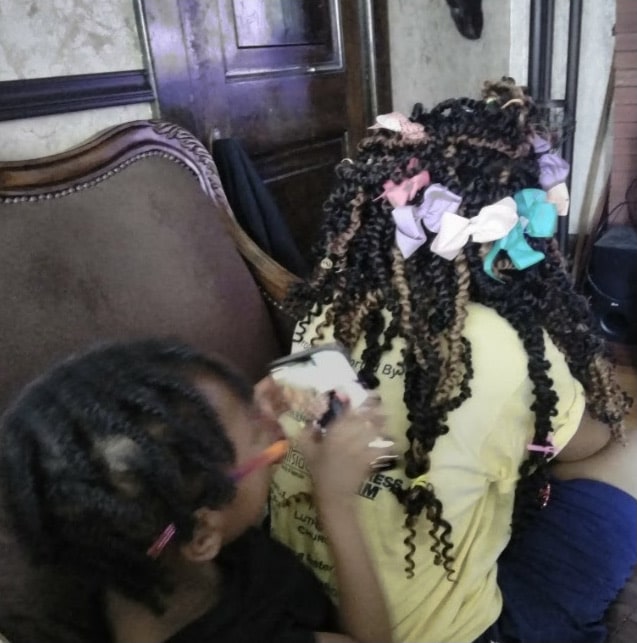
AARP Declares ‘Crisis’ for Kin Caregivers in New York
Megan Conn | April 19, 2021
Older New Yorkers who care for relatives’ children outside of the formal foster care system are in “crisis,” according to a new report by the state chapter of the nation’s most prominent advocacy group for senior citizens.
Extended family members and kin caring for nearly 200,000 children statewide are facing acute emotional stress and financial burden, the AARP reported last month. While they provide the same daily caregiving as any parent, the vast majority do so without the stipends provided to foster and adoptive families – or the financial, legal and child care benefits available to low-income biological parents.

Child abuse, neglect reports decrease during pandemic; unreported incidences likely increase
Katey Roshetko | April 19, 2021
SALEM, Va. (WDBJ) – According to the Administration for Children and Families, in the last year alone, 1 in 7 children has experienced child abuse or neglect, but even those numbers might be higher.
The data look at reported cases of abuse or neglect, but because abuse often occurs behind closed doors, it can go unchecked. Plus, the pandemic has had a significant effect in the number of cases reported.

Greater Importance for Child Abuse Prevention Month After Pandemic Year
Eric Tegethoff | April 19, 2021
BOISE, Idaho — It’s Child Abuse Prevention Month and this year the awareness campaign comes in the wake of a hard year with the COVID-19 pandemic.
Idaho saw a drastic uptick in abuse deaths during the pandemic: five in the past year. Before that, there had been no reported abuse deaths since 2017.

Dan Walters: Pandemic has damaged California’s school children
Dan Walters | April 18, 2021
Acomprehensive history of the COVID-19 pandemic’s effect on California would surely conclude that the state’s schoolchildren have been treated shamefully.
The incessant political squabbling over closing and reopening schools, and the sporadic efforts at in-home learning, have once again demonstrated that the supposed adults who manage and operate public education in California are more focused on their own interests than on the wellbeing of students.

Justice by geography, and more evidence that mandatory reporting backfires: Notes about Missouri and Massachusetts.
National Coalition for Child Protection Reform | April 18, 2021
The story, from a Springfield, Missouri, television station is typical fearmongering, parroting the discredited, and yes, racist line about COVID-19 and child abuse. It begins:
Child experts [sic] feared it at the start of the pandemic. Greene County has seen staggering numbers of kids going into foster care. Experts say there is a range of issues and there are signs of abuse everyone should know.

CDC: 1 in 7 children have experienced child abuse in past year
Caroline Wood | April 18, 2021
HATTIESBURG, Miss. (WDAM) – April is Child Abuse Prevention Month.
Kids Hub Child Advocacy Center is an organization that helps kids that are victims of abuse. It serves seven counties, with five of them being in the Pine Belt- including Lamar, Forrest, Marion, Perry and Covington counties.

Child welfare advocates worry abuse cases went widely unreported during the pandemic
Eric Tegethoff | April 18, 2021
Distance learning may have worsened the problem as experts prepare for an uptick in cases.

CPS: More children had ‘very traumatic’ experiences in COVID-19 pandemic
Erin Couch, Christine Holmes | April 15, 2021
ZANESVILLE – A yearlong pandemic has magnified already-prevalent child welfare challenges in Muskingum County.
“We are seeing more and more children coming into care who have lived through some very traumatic experiences,” said Candy Emmert, executive director of Muskingum County Adult and Child Protective Services.

Greene County advocates notice huge increase in the number of children who entered foster care last year
Nikki Ogle | April 15, 2021
SPRINGFIELD, Mo. (KY3) – Child experts feared it at the start of the pandemic. Greene County has seen staggering numbers of kids going into foster care. Experts say there is a range of issues and there are signs of abuse everyone should know.
“It’s hard to talk about. It’s a sad subject,” said Laura Farmer.

Child Neglect Reports Increase As Schools Reopen
Christine Stuart | April 12, 2021
In early 2020 as states rushed to halt the spread of coronavirus, nearly all schools closed and moved to online instruction. But it may have had some unintended consequences for children.
“We know that during the pandemic children were not as visible as they typically were and reports to our child abuse and neglect care line were down approximately 23%,” Ken Mysogland of the Department of Children and Families explained.

Losing Faith in the Child Welfare System: Illinois Parents and Foster Caregivers Struggle During the COVID-19 Shutdowns
Claire Potter | April 12, 2021
In March 2020, Melissa Martinez was about to reunite with her one-year-old son, Ryan, after eight months apart. She had lost custody of him to the Department of Children and Family Services (DCFS) in July 2019. Since then, she had been staying at a treatment facility while she navigated family court hearings and job searches. She worked hard to get her life back on track so that she could take care of her son again. The reunification hearing was scheduled for March 23, 2020, but COVID-19 forced all family court hearings to be indefinitely delayed. DCFS terminated all in-person visits between parents and children in state custody. Martinez would not hold her son again for another four months.

8 States Join Learning Network Supporting Child And Family Well-Being Throughout The Pandemic
National Governors Assotiations | April 12, 2021
As families and communities face continued uncertainty due to the COVID-19 pandemic, eight states have joined a network that will bring together Governors’ offices, child welfare leaders, state human services and education officials, and nonprofit partners to collaborate on strategies that improve and support child and family well-being.
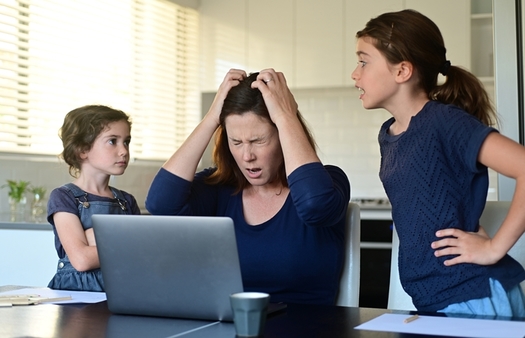
Experts: Poverty, Pandemic Could Bring Increase in Child Abuse Cases
Audrey Conklin | April 12, 2021
SALT LAKE CITY – Utah families need more resources to counter concerns of a slumping economy and the pandemic, which could subject more children to abuse and neglect, the group Voices for Utah Children contended.
April is National Child Abuse Prevention Month, and while verified cases in Utah remained steady last year at about 10,000 incidents, experts fear the actual number could be significantly higher.

As America’s youth faces mental health ‘crisis,’ Biden admin sets focus on pandemic’s impact on children
Audrey Conklin | April 9, 2021
The Department of Education on Friday issued the second volume of its COVID-19 guidelines for schools to address the emotional and mental-health impact of the pandemic on America’s students.
The first volume of the handbook, released in February, issued guidance on how to safely reopen U.S. public schools during the pandemic while the second volume makes clear that months of school closures may have negatively impacted some students’ wellbeing and offers tips on how schools can tackle student anxiety and depression.

New therapeutic group home opens as experts predict rise in child abuse
Ana Espinosa | April 8, 2021
This comes as HomeSafe opens a new state-of-the-art specialized therapeutic group home for children in West Palm Beach.
The Sylvester Family West Campus in West Palm Beach is providing a welcoming and safe environment for young victims of child abuse to heal from their trauma and find confidence in their future.

The ‘revolving door’ of foster care spins slower in a pandemic
Marian Hetherly | April 7, 2021
Each day in Erie County, the math doesn’t add up for its foster care system. There are some 900 children in foster care, but only about 150 certified foster parents and 140 adoptions each year. Now add a pandemic, and the answer to finding forever homes for these kids becomes even more difficult.

The Illinois Child Welfare System: Under Stress, Confronting COVID-19
Claire Potter | April 6, 2021
The children who come into contact with the juvenile justice and child welfare systems are among the most vulnerable in Chicago. The Illinois Department of Children and Family Services (DCFS) and the Illinois Department of Juvenile Justice (IDJJ) have long been under pressure to reform, but they are facing unprecedented challenges during the COVID-19 pandemic. The Maroon spoke and corresponded with 20 activists, caseworkers, parents, and government officials about how the pandemic is affecting some of the city’s most at-risk children and how the two agencies are responding to the crisis. This is the first of three installments.

Child welfare agency sees only half their cases in person
LMT Online | April 6, 2021
BOSTON (AP) — The Massachusetts child welfare agency is seeing only about half of their cases in person, according to the most recent data released by the agency in December and January.
The state Department of Children and Families visited 46% of its cases in-person in January and 54% in December, the Boston Globe reported on Monday.

Advocates pleading with public to watch out for child abuse as calls to hotline drop
Madison Arnol | April 5, 2021
Child advocates fear a drop in child abuse statewide may mean the issue is going underreported during the pandemic, especially when stressors that often lead to child abuse and neglect are at a high.
Children’s Home Society, a non-profit that provides counseling services to many area schools, is calling on the community to be more vigilant when it comes to spotting and reporting child abuse or neglect. Staff are also bracing for a potential spike in cases as more children return to in-person school.

As Pandemic Raged, COVID-19 Testing Was Rare In New York’s Youth Lockups
Michael Fitzgerald | April 4, 2021
As the coronavirus tore through the country last year, New York state officials relied on testing to keep people safe in prisons, nursing homes, schools and other group facilities.
Statewide, 13,000 prisoners had been tested by September 2020. Youth accused of crimes awaiting trial in New York City were also regularly tested, with results guiding local health officials’ efforts to contain infectious spread from cramped quarters out into the community.

Schools reopening expand safety net for students
The U-B Editorial Board | April 2, 2021
As we soldier on through this pandemic, many aspects of life that seemed to serve a narrower purpose have shown how much more necessary they are to our community’s well-being. In-person learning is just one thing that fits in that category.
The Seattle Times reported that the Washington state Department of Children, Youth and Families received 87% fewer calls about suspected abuse when schools shut down last March through June. This school year, reports are down 59%.

Child abuse cases drop in Sacramento County. Why COVID may have led to fewer reports
Molly Sullivan | March 28, 2021
Child abuse cases decreased in Sacramento County last year. But officials say that doesn’t mean the abuse isn’t happening, it’s just going unnoticed.
In 2020, Child Protective Services received 24% fewer calls into its Child Abuse and Neglect Hotline, and opened 185 fewer cases during the course of pandemic, representing a 12% decrease. Investigations into complaints dropped, too, with child protective services staff investigating 430 fewer cases compared to 2019, a 5% decrease, the agency said in an email to The Bee.

Iowa schools see first enrollment decline in a decade with no way to account for where all students are
Kristin Rogers | March 31, 2021
CEDAR RAPIDS, Iowa (KCRG) – Public school enrollment in Iowa is down for the first time in a decade, with around 6,000 fewer students enrolled statewide this school year compared to last.
Districts who are dealing with a decrease in enrollment and are trying to figure out where those students went, but there is no way to account for all of them.

County Seeing Increase Of Child Abuse Reporting
Gregory Bacon | March 31, 2021
“When COVID hit, we saw a decrease in reports to child welfare … because we had mandated reporters in schools that were closed,” explained Leanna Luka-Conley deputy commissioner of Adult, Child and Family Services in Chautauqua County. “Agencies were no longer doing face to face so those mandated reporters were no longer coming in contact with those kids.”
Luka-Conley spoke during a recent county Board of Health meeting. She noted that recent reports of abuse have increased.
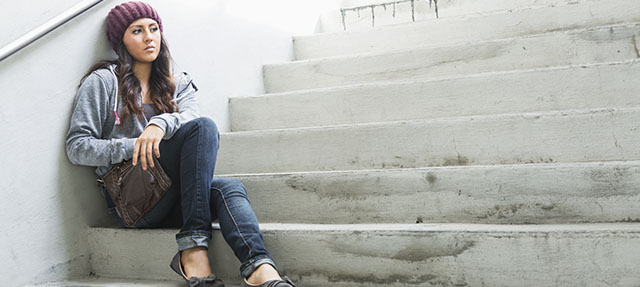
The Pandemic Has Highlighted the Needs of California’s Youth
Caroline Danielson, Mary Severance | March 24, 2021
How have transitional-age youth (16–24) been faring during the pandemic, and how have public policies and programs responded to their needs? We talked to Jevon Wilkes, executive director of the California Coalition for Youth (CCY)—which advocates for and engages young Californians who are disconnected from basic resources as they transition to adulthood—and director of youth engagement for the California Children’s Trust.

Illinois Youth In Foster Care Face Significant Barriers To Education During COVID
Peter Medlin | March 23, 2021
As students begin returning in-person, one of the biggest challenges they face beyond academics is COVID-19 trauma. Yasmina Sefiane is used to talking about the significant impact trauma can take on students and their learning. She’s the program director at the NIU Center for Child Welfare & Education.

Child abuse reports have dropped sharply in Pa. and experts are worried
Ron Southwick | March 22, 2021
Pennsylvania has seen a sharp decline in reports of child abuse and neglect over the past year, and some advocates see that as a sign of trouble.
Experts say they have no doubt child abuse is still occurring. But many kids haven’t been in classrooms as often – or at all – due to the COVID-19 pandemic, so advocates suspect some abuse isn’t being seen. Schools are the prime source of reports to ChildLine, the state-run hotline for child abuse and neglect. (ChildLine, a 24/7 hotline, can be reached at 1-800-932-0313.)

The missing students of the pandemic
Eli Saslow | March 21, 2021
Rich Pimentel had already tried searching in a trailer park and a migrant camp when he started driving toward the third and final address listed in the student’s school file. He followed his GPS to a neighborhood on the edge of the desert, an oasis of palm trees and swimming pools protected by a steel gate. “Wow,” Pimentel said, as he rolled down his window and pulled up to a call box. “Finally a happy ending. Maybe this kid’s actually okay.”
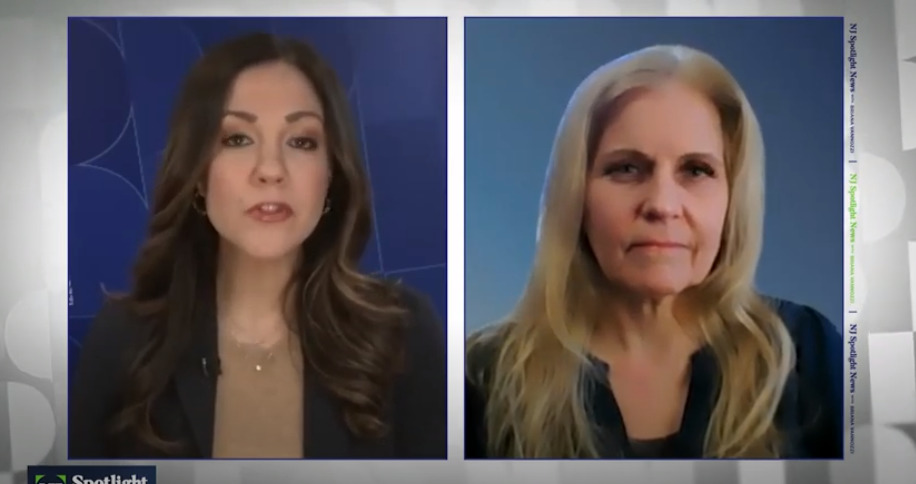
NJ tries to meet growing need for youth mental health services during pandemic
Briana Vannozzi | March 19, 2021
Studies show, and child welfare experts agree, that the pandemic is taking a toll on the emotional and mental health of youth, with the potential for an increase in self-harm and suicide.
The state Department of Children and Families, in a new public service announcement, is letting parents and caregivers know that help is available. Mollie Greene, assistant commissioner at the department’s Children’s System of Care, explains what that entails.

Microsoft : Preparing for the post-pandemic fallout in child welfare
MarketScreener | March 19, 2021
The COVID-19 pandemic has brought suffering to people and economies around the globe. But the invisible pain will be realized over the next several years. Well-meaning lockdowns will have unintended consequences after a year of isolation for vulnerable children and families.¹ Sadly, those consequences will reveal the next crisis as the pandemic subsides and we weigh the magnitude of those suffering in silence. Child welfare systems will be at the forefront of combatting maltreatment that has been and still is occurring. If they are unprepared, the costs, both human and economic, will be incalculable. Governments need to plan now.

Long after COVID-19 virus is tamed, its behavioral health impacts will remain in Eagle County
Pam Boyd | March 18, 2021
At his Vail Public Safety Communications Center workstation, dispatcher Fernando Almanza has learned what despair sounds like.
During 2020, the five-year dispatch veteran got a front-line education about how a year of COVID-19 has impacted behavioral health in Eagle County. As Almanza reported for his dispatch shifts during the past 12 months, he heard an evolution of desperation. At first, he noted, people were confused and fearful. They needed help and didn’t know where to turn. Then, as time rolled on, there were waves of anger and depression. Engulfing everything was a haze of fatigue.

EBR’s Child Welfare and Attendance Work to Engage Students
Raychelle Riley | March 17, 2021
BATON ROUGE, La (BRPROUD) — This school year has been like no other, however, East Baton Rouge Schools are still striving to keep students connected.
EBR’s Child Welfare And Attendance’s (CWA) mission is to make sure every child is getting a quality education, starting with attending school.
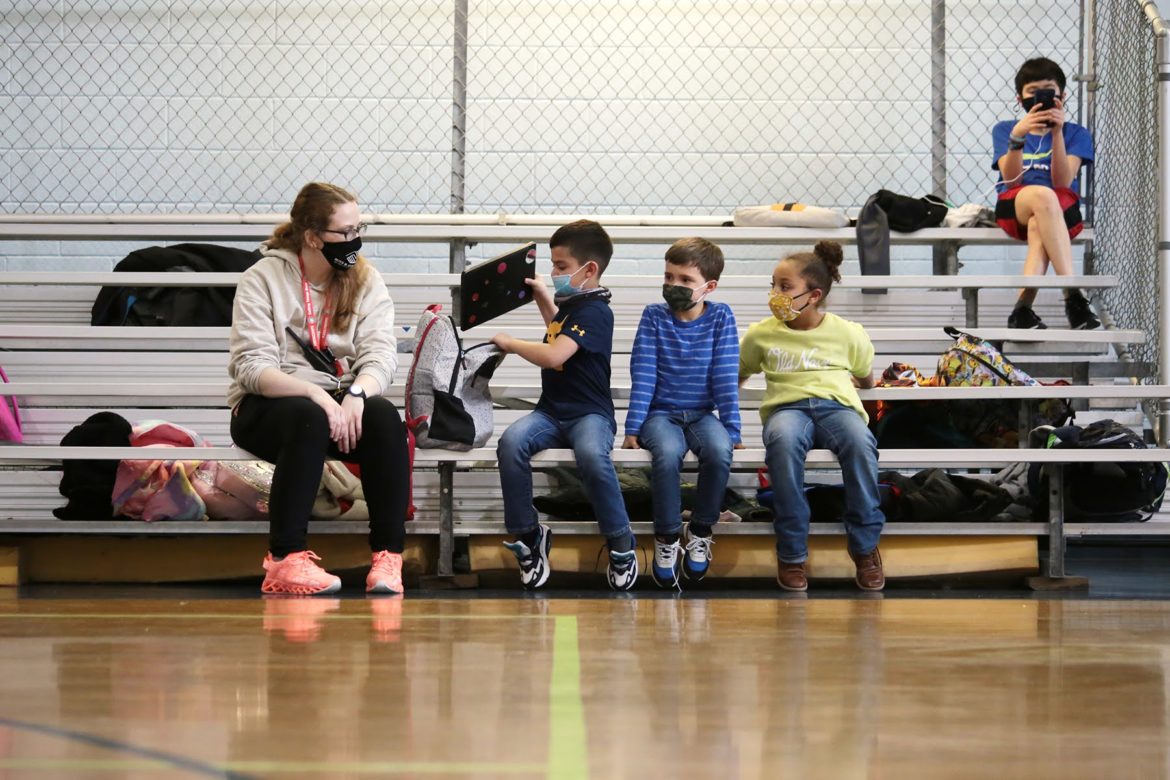
How Pittsburgh-area learning hubs helped students through COVID and could change how public education is delivered
TyLisa C. Johnson | March 17, 2021
Wanika Steele has clocked into the same job for 14 years. But in September, she put in her two-week notice. She feared her 10-year-old son, Ty’Kir, would have no one to facilitate his new full-time virtual learning experience.
“I was ready to actually quit my job so I could be home,” said Steele, 45.
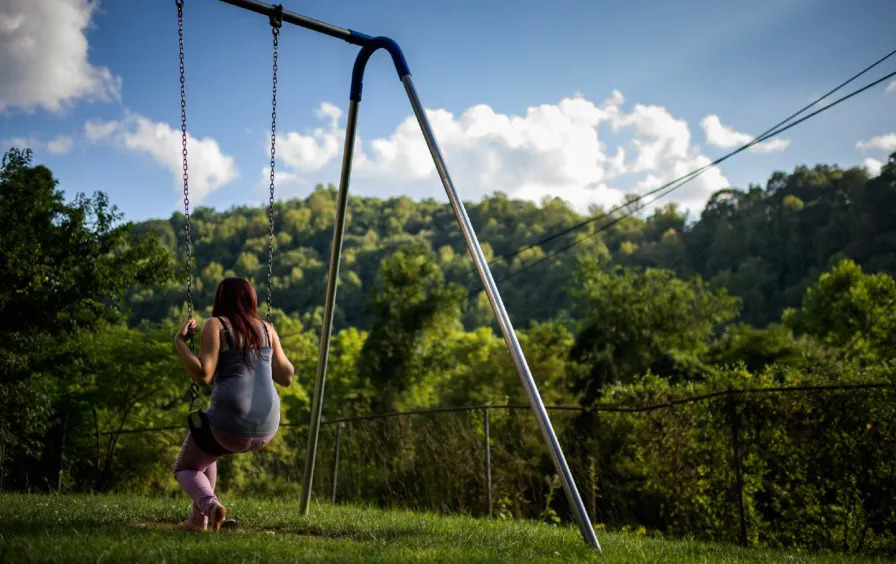
How Covid-19 Supercharged a Foster System Crisis
Michelle Chen | March 15, 2021
On spring 2020, Kristine Cook thought she would finally be reunited with her kids. A year earlier, after a relative had sexually abused three of her four daughters, protective services in Greene County, Mo., had placed her children in foster care. Cook was recovering from a decade of domestic violence and drug, alcohol, and mental health problems, but she said she was still able to care for her daughters. Since then, she has attended therapy, parenting classes, and drug treatment. She was doing everything to prove to the authorities that she was capable of rebuilding her family.

Have School Attendance Rates This Year Varied by “Hardest-Hit” Covid-19 Neighborhoods And Grade Levels?
New York City by the Numbers | March 15, 2021
After a spring of school shutdowns in the midst of the Covid-19 pandemic and a summer of tense political debates around plans for reopening, the Department of Education reopened schools in fall 2020, with options for families to select either full-time remote or hybrid instruction plans. The education department began daily rates for in-person and online attendance in October 2020. At the request of WNYC, IBO looked at the overall attendance rates by school level and by whether a school was located in a neighborhood that the city designated as one of those “hardest-hit” by Covid-19. These 28 neighborhoods (across 62 zip codes) were defined by the city as the zip codes most affected by Covid-19 as well as those that have a high percentage of other health and socioeconomic disparities.

Year of COVID: How the Pandemic Affected Education in Kentucky
Adam K. Raymond | March 12, 2021
School in Kentucky is finally back in session. More than a year after K-12 schools in the state shut down due to the emerging threat of the coronavirus, each of Kentucky’s 172 public school districts will all be required to offer in-person instruction by the end of March.

More Childhood Lead Poisoning Is a Side Effect of Covid Lockdowns
Emily Anthes | March 12, 2021
Over the past half-century, public health officials have made enormous progress in protecting American children from lead poisoning and the irreversible neurological damage it can cause. Since the 1970s, the percentage of children with high levels of lead in their blood has plummeted.
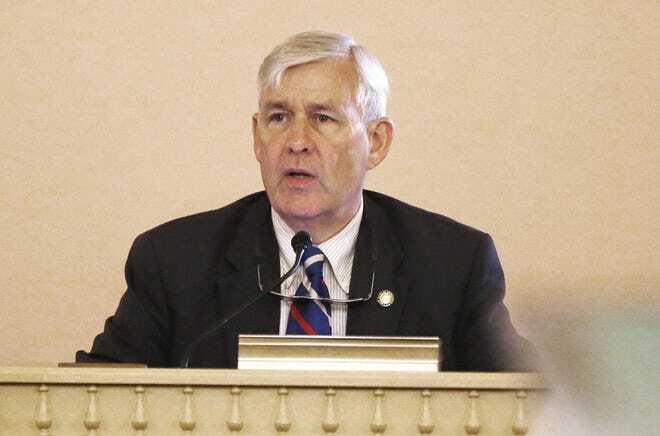
Opinion: Declare an emergency on epidemic of childhood trauma
Ronald Hummons | March 12, 2021
Did you know that childhood trauma could translate into low productivity, high turnover, sinking morale and rising health care costs? Ohio Representative Tom Brinkman has been a pivotal ally in declaring a state of emergency on childhood trauma. We need other elected officials to push for the same call to action. Despite our hearings and push to move forward with policy changes, the lack of response is disheartening. Childhood trauma impacts the lives of many, directly and indirectly.

Childhood in The Time Of Covid
Lily Bohlke | March 11, 2021
A generation of children in America are experiencing multiple hardships brought on by the
coronavirus. Many millions more children are now hungry, missing out on school and worried
about their family’s economic future. For children who were struggling before COVID-19,
things have gotten worse. Going back to “normal” will not be enough for these kids. Massive
investments are needed to help the most disadvantaged children to recover and catch up.
Without these investments, the future of our children and our nation is at risk.

Pandemic Shifts Methods of Caring for Children, Families
Lily Bohlke | March 11, 2021
The COVID-19 pandemic has left many Missouri families financially insecure, especially those with children, and it’s also changed the approaches of many groups who support them.
Missouri’s rate of households with children who’ve lost income due to COVID-19 has been anywhere from 40% to 50% in the last year, and even closer to 60% early on in the pandemic, according to data from the Annie E. Casey Foundation.

Pandemic babies: how COVID-19 has affected child development
Sunil Bhopal, Pasco Fearon | March 10, 2021
Babies born after March 11 2020 will have only known a world in the grip of a pandemic. They may never have met anyone who isn’t their parent, or they may only ever have seen their grandparents from a distance. They certainly will not have had the same opportunities to interact with other children as those born in the years before.
What are the implications for these pandemic children? While as researchers we do think that most babies will have had an opportunity to thrive, there’s still a lot we don’t know, and we are clear that the first months and years of life are vitally important for a child’s long-term health, development and wellbeing.

Warren, Wyden, Blumenthal, Markey, Murphy Introduce Legislation to Address Long-Term Student Needs Related to COVID-19
Elizabeth Warren | March 10, 2021
Washington, DC – United States Senators Elizabeth Warren (D-Mass.), Ron Wyden (D-Ore.), Richard Blumenthal (D-Conn.), Edward J. Markey (D-Mass.), and Chris Murphy (D-Conn.) today introduced the Educational Equity Challenge Grant Act to create a $100 billion application-based grant program over the next ten years to help accelerate academic progress and address students’ social, emotional, mental, behavioral, and physical health needs related to COVID-19.
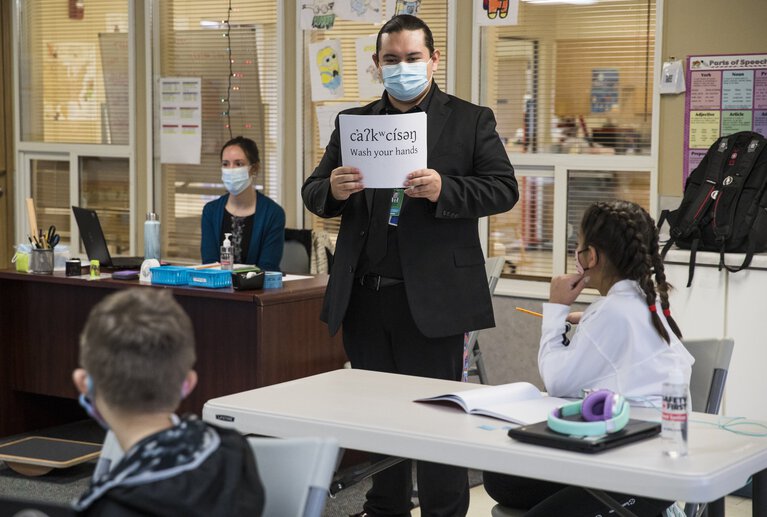
To serve kids in the pandemic, a tribe and a Washington school district create a unique learning space
Dahlia Bazzaz | March 9, 2021
LOWER ELWHA KLALLAM RESERVATION — Fourteen-year-old Roger Tinoco-Wheeler jumped at the chance to be back with friends twice a week at his Port Angeles middle school in January.
But when it comes to learning, he’s grown to love an environment much closer to home: surrounded by extended family members in a small, salmon-colored building just down the road from his house, where tutors and adults in his tribe have taught him since last fall.
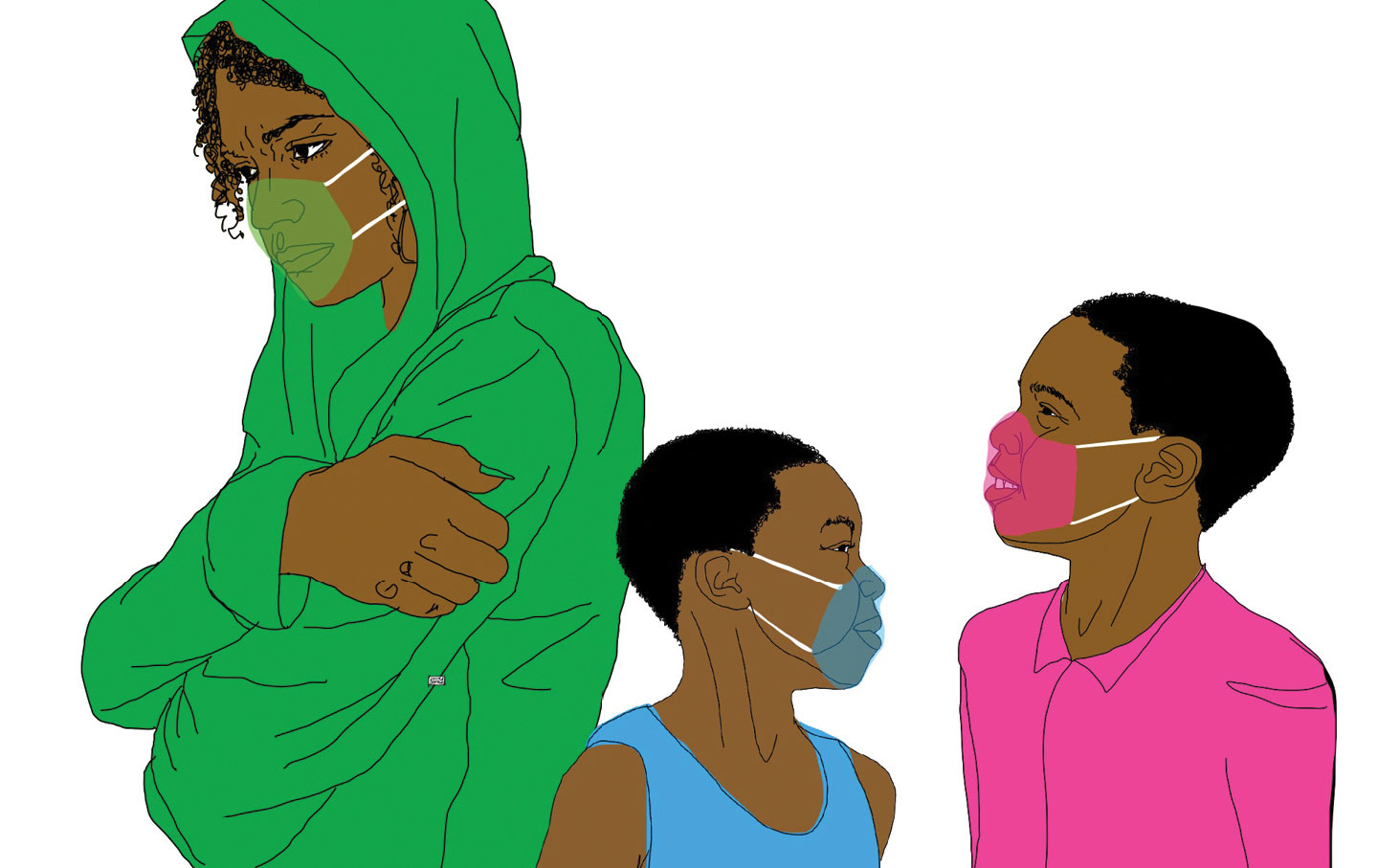
How Covid Made Life Even More Unpredictable for Kids in Foster Care
Nefertiti Austin | March 9, 2021
My proverbial backyard was the best place to begin my journey to motherhood through adoption. In Los Angeles County, where I live, 20 percent of the 20,876 children in foster care are Black. Black children here, and in the rest of the country, are overrepresented in the system, and that is the reason I signed up to become a foster/adoptive parent in 2006. I wanted to make a difference in the life of a Black child—a baby boy, to be specific. Black male infants are the least likely to be adopted, because of false assumptions about who they are—aggressive, incorrigible—and who they will become: gangbangers, violent. I was confident I could help change that narrative, because I easily saw beyond that cruel stereotype. Years later, I would add a Black princess to my lot, also through adoption, making my motherhood mission complete.

Children Services short caseworkers due to pandemic, ‘massive turnover’
Chris Stewart | March 8, 2021
Montgomery County Children Services will host an online hiring event this week to attract new caseworkers to an agency that remains fraught with continual departures from jobs that are difficult under normal circumstances.
“We’ve had massive turnover since 2019. That still has been part of the problem on top of the pandemic,” said Mason Montgomery, president of the union that represents caseworkers and other Children Services workers.
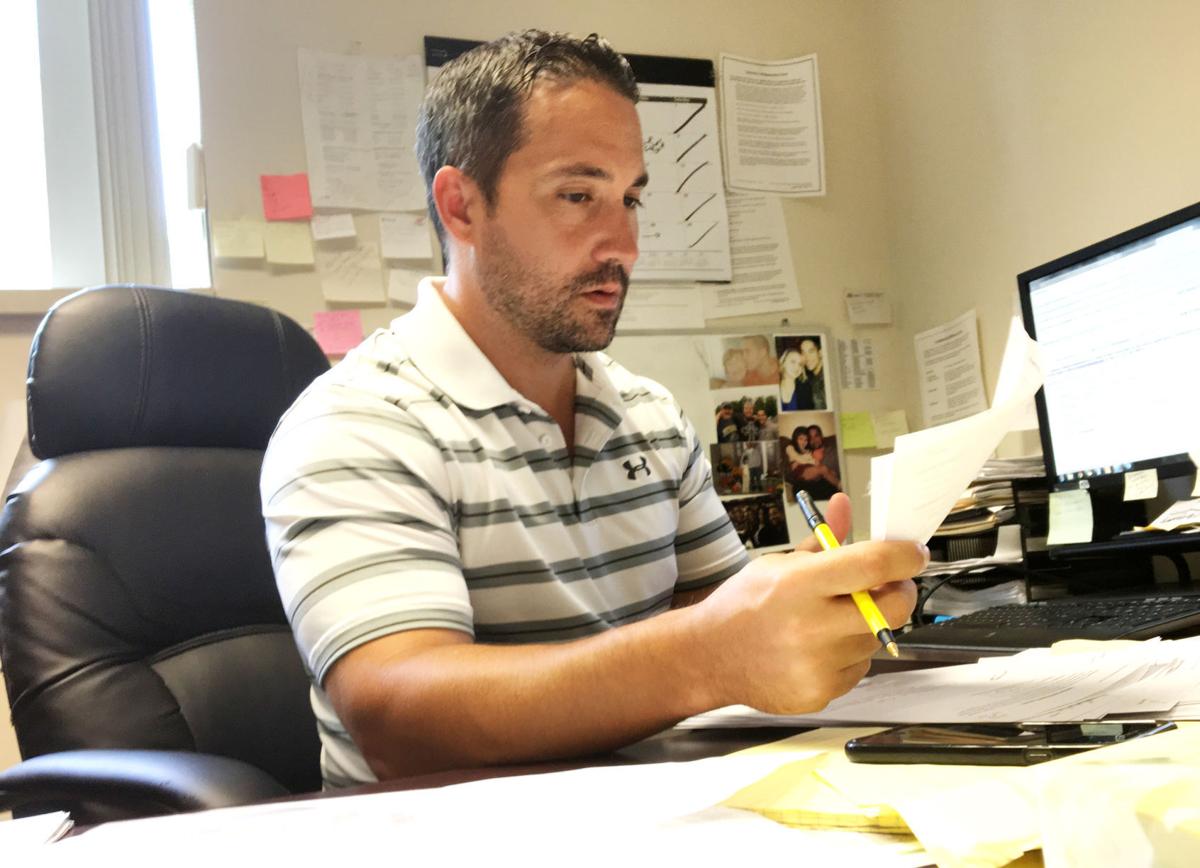
Child welfare officials see increase in reports of serious abuse
The Almanac | March 6, 2021
While the number of child abuse reports in Fayette County waned in the early months of the pandemic, the overall severity of the cases increased in 2020.
“It’s the No. 1 thing we saw,” said Fayette Children and Youth Services Deputy Administrator John Fritts. “We had four near-fatality reports and one child fatality report (in 2020). We’ve never had five of those in one year in the 15 years I’ve been here.”

The pandemic means more stress, meaning more need for the Northwest Georgia Family Crisis Center
Ryan Anderson | February 24, 2021
During the COVID-19 pandemic, the Northwest Georgia Family Crisis Center has lost some funding while serving more victims of domestic violence, according to the center’s executive director.
“We’ve been really busy during the pandemic” and the economic downturn associated with it, said Katora Printup, who has been executive director since 2009. “No money equals more problems, and with this pandemic, you’re seeing a lot more stress.”

Mental and Behavioral Health in Children: A Crisis Made Worse by the Pandemic
Gillian Ray | February 24, 2021
The Children’s Hospital Association (CHA) and the American Academy of Pediatrics (AAP), representing the nation’s children’s hospitals and pediatricians, call on Congress and the Biden Administration to prioritize children’s mental, emotional and behavioral health in proposals addressing the impacts of the COVID-19 pandemic.
Together, these leading pediatric organizations are launching an awareness campaign to highlight the escalating crisis among children and youth and share ideas about what government can do to ensure families have access to services. The campaign features digital advertising in national publications including The Washington Post, The Wall Street Journal and Politico, opinion editorials and educational sessions for policymakers.

Shoreline schools to receive almost $3M for education relief
Sally Bahner | February 24, 2021
It’s good news for local schools, which are slated to receive nearly $3 million in federal Elementary and Secondary School Emergency Relief funds, as part of the federal Coronavirus Response and Relief Supplemental Appropriations Act.
The funds must be used to reduce educational disparities exacerbated by the COVID-10 pandemic.
All total, Connecticut schools will receive $492.43 million.
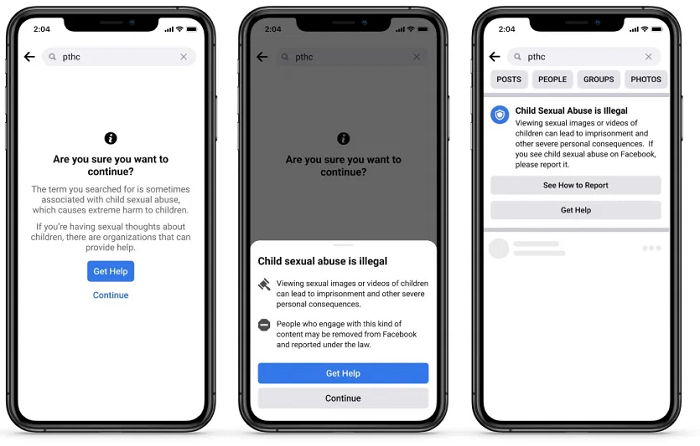
Facebook Outlines New Measures to Better Detect and Remove Child Exploitation Material
Andrew Hutchinson | February 23, 2021
Facebook has announced some new measures to better detect and remove content that exploits children, including updated warnings, improved automated alerts and new reporting tools.
Facebook says that it recently conducted a study of all the child exploitative content it had previously detected and reported to authorities, in order to determine the reasons behind such sharing, with a view to improving its processes. Their findings showed that many instances of such sharing were not malicious in intent, yet the damage caused by such is still the same, and still poses a significant risk.
Based on this, it’s now improved its policies, and added new, variable alerts to deter such behavior.

As COVID-19 turns more children into orphans, siblings step up to fill the void
Ashley Louszko, Ignacio Torres, & Ashley Riegle | February 23, 2021
On his 11th birthday last May, Juan Ramirez woke up to the police and fire departments of Passaic, New Jersey, outside his home. Soon after, the mayor would join them bearing gifts.
The surprise event was meant to cheer up Juan, who had lost his father just a week before to the coronavirus. But when he blew out the candles on his birthday cake later that day, he says his only wish was for everything to go back to normal and “to go back in time and stop everything from happening.”
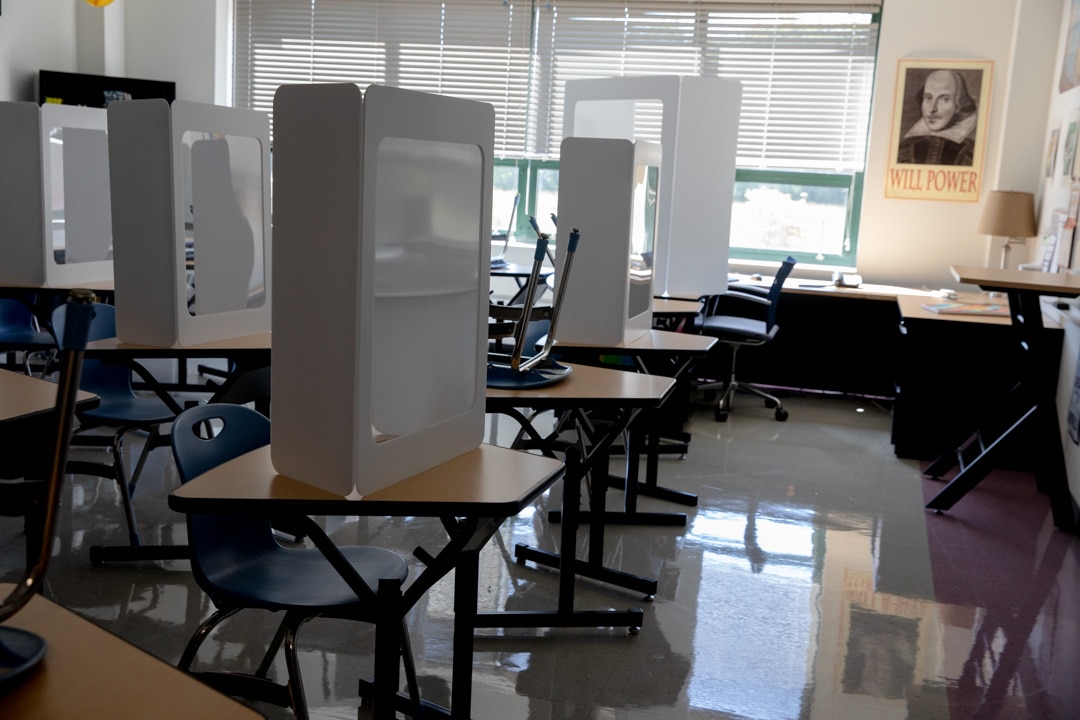
Report: Twice as many CT high schoolers are in danger of being held back
Jacqueline Rabe Thomas | February 22, 2021
Research released Monday confirms what many parents and educators already suspected — more students than ever are falling behind during the pandemic, a problem especially present among those learning entirely from home in some of the state’s larger districts.
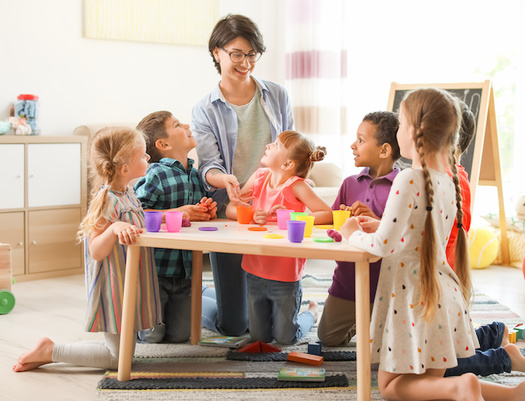
COVID Crisis Puts Spotlight on Home-Based Child Care
February 22, 2021
Community advocates say home-based family child care could play a major role in closing gaps in access across Kentucky during the pandemic and beyond, but current zoning creates obstacles for individuals interested in opening licensed and regulated home child-care centers.
In a recent survey conducted by Kentucky Youth Advocates, one in four current family child-care providers said local zoning protocols were a major barrier.
Dawn Thompson, assistant director of Community Coordinated Child Care in Louisville, said a web of regulations, fees, and local politics often deters passionate individuals who could help fill the child-care void.

As schools reopen, more child welfare referrals are expected
Laura Bowen | February 21, 2021
Covid has had a big impact on kids. WTAP spoke with the Parkersburg office of the National Youth Advocate Program to see how their foster programs have been impacted.
While Covid is a lot to deal with by itself, foster kids deal with stressors on top of online learning, like living in an entirely new home. Denise McGinty of NYAP’s Parkersburg office said one big change the earlier days of the pandemic brought on is that all visits went virtual. This means biological parents without the resources to video-call had to phone in rather than their usual in-person visits. Now, however, there are Covid precautions in place that allow for in-person visits.
Although the Parkersburg office hasn’t seen an increase in referrals during Covid, Mcginty expects more to come in when schools are fully back in session.

New data shows child abuse reporting dropped amid COVID-related school closures
Lynn Kawano | February 19, 2021
in a situation that’s causing alarm for Hawaii child welfare advocates, the state agency with a duty to protect abused children has released new data that shows a drop in reports from educators as kids attended class remotely.
The state Department of Human Services said educator-reported child abuse cases fell to zero in April, amid school closures. But the data also showed that neighbors and relatives ― who started working from home ― reported more cases during that same time period.
For the last three years, Child Welfare Services has tracked child abuse reports based on the occupation of the person making the report.

Data shows child abuse interviews declined during the pandemic
Margo Gray | February 19, 2021
The pandemic led to a substantial decrease in forensic interviews regarding allegations of child abuse in Madison county in 2020, according to the National Children’s Advocacy Center.
The Center saw a 10 percent decline in the number of children interviewed following allegations of abuse in 2020 compared to 2019.
”Almost all of child abuse cases, especially child sexual abuse, there’s only two people who know what happened. It doesn’t happen in public and it’s not done in front of other people. There is the child and the person alleged to have done it,” said National Children’s Advocacy Center Executive Director, Chris Newlin.

Parents, Teachers Urged to Learn Signs of Teen Mental-Health Crisis
Lily Bohlke | February 18, 2021
As the spread of the coronavirus continues, behavioral-health experts say it’s as important as ever to make sure children and young people have the mental-health support they need.
In Las Vegas since the pandemic began, 19 students have died by suicide.
Taryn Hiatt, Utah/Nevada area director at the American Foundation for Suicide Prevention, said it’s critical for parents, teachers and other folks interacting with young people to educate themselves.
“Just like you would learn CPR to respond to somebody in a physical emergency or, you know, we learn the signs of stroke and heart attack, so we can be helpful,” Hiatt explained. “Well, we all need to learn the signs and symptoms of a mental-health crisis.”

Child Abuse and Neglect Hotline gets upgrades
Trevor McDonald | February 18, 2021
The Department of Social Services recently announced a comprehensive overhaul to the Child Abuse and Neglect Hotline, with new technology enabling more efficient reporting of incidents following a sharp decrease in calls during the pandemic.
Jared Moore, youth services director at Douglass Community Services, witnessed a statewide decrease of 40% to 50% in hotline calls since schools closed in March 2020. Moore said the “unacceptable” drop reflects fewer people who can report indicators of abuse or neglect. The new “Genesys Cloud” hotline system allows DSS personnel to eliminate landline disruptions, streamline operations and ensure efficient calls back to people who are unable to hold.

What We Know About the Impact of Covid-19 on Children
Jason Gale | February 15, 2021
Young children typically are “superspreaders” of respiratory germs, so it’s puzzling that they don’t seem to be major transmitters of the coronavirus that causes Covid-19. They’re also relatively absent among hospitalized patients. Initially, that was thought to be because they’re less likely to become seriously ill if infected. Later studies indicate that those of primary school age, at least, may be less likely to catch the virus in the first place. Still, they’re not immune to an array of indirect Covid-19 harms, including physical abuse, learning gaps, anxiety and depression stemming from school closures, social isolation and other stress-inducing consequences of the pandemic. That’s informing considerations for how to safely keep kids in school.

Pandemic has varying effects on local referrals to Child Protective Services
Mike Morones | February 15, 2021
The COVID-19 pandemic has affected referrals to Child Protective Services differently across area jurisdictions, with some reporting more calls in 2020 as compared with the previous year and others reporting fewer calls or no significant change.
The number of valid referrals—meaning calls to social services departments that resulted in investigations—was down in 2020 as compared with 2019 in Fredericksburg and Caroline and Stafford counties, but almost doubled in Spotsylvania County.
Calls were also down in King George County, but Social Services Director Jonathan Franklin said he sees this as “normal fluctuation.”

In new Covid-19 guidance, CDC recommends 5 key strategies to reopen schools
Jacquline Howard & Elizabeth Cohen | February 12, 2021
The US Centers for Disease Control and Prevention on Friday released guidelines for reopening schools that focus on five key Covid-19 mitigation strategies: the universal and correct wearing of masks; physical distancing; washing hands; cleaning facilities and improving ventilation; and contact tracing, isolation and quarantine.

Studies highlight ‘unprecedented and unique dangers’ for children during COVID-19
February 12, 2021
Two new studies investigating child maltreatment during the COVID-19 pandemic reveal “concerning results” that confirm warning signs seen early in the pandemic, according to researchers at UAB and the University of Michigan.
In the first study — an online national survey of more than 400 parents — participants who reported that they were worried about their finances and other pandemic-related concerns were up to three times more likely to report they were yelling, hitting or neglecting their children. The second study followed up with 106 mothers taking part in a long-term parenting study through UAB. Mothers who described they had increased hitting, yelling or neglect during the pandemic had the highest scores on established measures of child-abuse risk. Mothers with financial loss from change in employment during the pandemic also had higher child-abuse risk scores. And mothers who felt lonelier during the pandemic also reported that their parenting had become harsher, reporting more conflict, hitting, yelling and neglect.

U.S. Department of Education COVID-19 Handbook Volume 1: Strategies for Safely Reopening Elementary and Secondary Schools
February 12, 2021
To reopen safely during the COVID-19 pandemic and maximize the amount of in-person instruction, schools need sufficient resources as well as adhered-to, strong state and local public health measures. Extraordinary efforts by states, districts, and schools have been underway to support students throughout the pandemic. The Centers for Disease Control and Prevention (CDC) and the U.S. Department of Education (ED) are providing recommendations and considerations based on the most recent scientific evidence to support school and district leaders and educators in meeting these ever evolving, significant challenges.
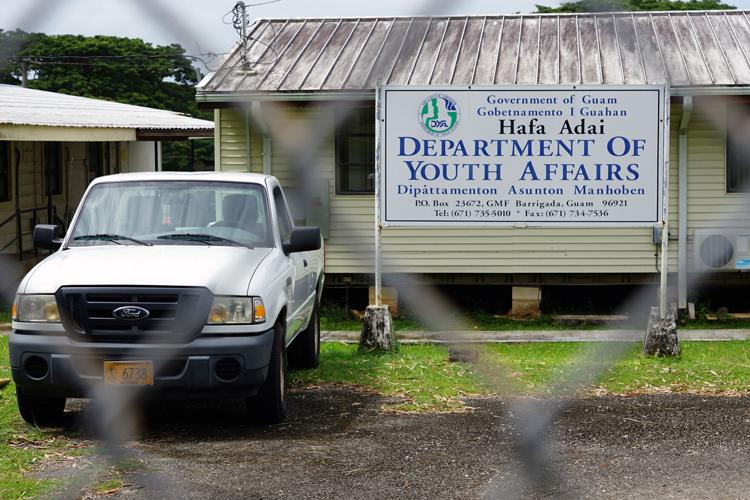
900-plus referrals to CPS were backlogged
Oyaol Ngirairikl| February 12, 2021
More than 900 referrals to Child Protective Services hadn’t been acted upon for more than a year.
“The backlog was initially reported by the former CPS administrator as being over 800 referrals. This number was quite high when you consider that she reported receiving 1,142 referrals in FY2020,” said Department of Youth Affairs Director Melanie Brennan. Fiscal 2020 ran from Oct. 1, 2019, to Sept. 30, 2020.
Brennan noted that the tally on the number of backlogged cases increased to more than 900 when she calculated the number of referrals that weren’t investigated in the first quarter of the current fiscal year, which was October 2020 through December 2020.

After a year of pandemic: Almost every third child in Germany shows mental abnormalities
February 10, 2021
Almost every third child shows psychological abnormalities less than a year after the start of the corona pandemic in Germany. That is the result of the second survey of the so-called Copsy study of the University Medical Center Hamburg-Eppendorf (UKE), which was presented on Wednesday. Worries and fears have increased again, and depressive symptoms and psychosomatic complaints such as headaches or abdominal pain are increasingly observed, said the head of the study, Ulrike Ravens-Sieberer. Before the Corona crisis, only two out of ten children were at risk of psychological problems, according to the study.

UNICEF Reports: Over 39 Billion Meals Missed Since Schools Shut Down
Maryanne Murray Beuchner | February 3, 2021
Children have been suffering some of the worst effects of Covid-19 and the pandemic response since the beginning. Now a new report provides startling new evidence that the act of closing schools has jeopardized more than learning. It has also meant that millions of kids have gone hungry.
Some 370 million children worldwide have missed an average of 40 percent of their in-school meals since Covid-19 restrictions prompted the closures, according to Covid-19: Missing More Than a Classroom, a report from the UNICEF Office of Research – Innocenti and the World Food Program (WFP).

Suicide by Intentional Overdose in Children
Maureen O’Reilly-Landry Ph.D. | February 2, 2021
Today I evaluated a 12-year-old teen who was being admitted to the adolescent drug rehabilitation center where I consult. In addition to addiction, his accompanying medical information indicated he had recently been admitted to a hospital for an overdose.
Small, bright, somewhat chubby, he looked more like an eight- or nine-year-old. He spoke freely about his intense LSD and cannabis use spiked by occasional pill use of a wide variety of “whatever I can get.” When I asked about what he recently overdosed on, he offered a shy smile, looked up from under impossibly thick eyelashes, and said, “Tylenol.”

Lawmakers address student suicide, introduce bill requiring districts to have pandemic plan
David Charns, Carolyn Williams | February 2, 2021
Nevada lawmakers are back to work, turning their focus to priorities like the budget, pandemic and our schools.
One key area is education, specifically keeping students safe and healthy while learning from home. Since the start of the pandemic, 20 Clark County School District (CCSD) students have died by suicide.
Educators and lawmakers point to that connection between students and teachers that’s missing with online learning.
“They’re going to have interactions with teachers. Teachers are mandatory reporters; they see what’s going on,” said State Sen. Scott Hammond. “They ask questions. They can see if something is troubling a student, if something has changed in their lives.”

Colorado Child Abuse and Neglect Hotline 2020 Data Shows 13 Percent Drop in Calls
Colorado Department of Human Services | February 2, 2021
The Colorado Child Abuse and Neglect Hotline, 844-CO-4-KIDS, experienced a 13% year-over-year drop in calls in 2020 (193,448 in 2020 compared to 219,478 in 2019). Calls from education professionals decreased by nearly 30% and calls from medical professionals decreased by nearly 11% while calls from family and friends increased 5%.
“Usually, we see a drop in calls when school ends for summer, but the decrease started much sooner – in March when remote learning began – and continued throughout the summer until in-person learning resumed in the fall,” said Michelle Barnes, executive director of Colorado Department of Human Services (CDHS). “As schools reopened with some form of in-person learning, calls to the hotline increased but have not returned to pre-pandemic levels.”

Anxiety, depression, insomnia: Pandemic retraumatizing marginalized youth
Nadine Yousif | February 2, 2021
Abrar Mechmechia knows first-hand the trauma of war and the impact it can have on mental health.
She was based in Aleppo when the Syrian civil war erupted in 2011, working as a youth mental health counsellor.
Now, she works in Hamilton, counselling primarily newcomer youth and others from marginalized populations. What she’s heard from clients during the pandemic, she said, parallels some of the trauma symptoms she’d treated earlier in her career.
“Many are expressing going through depressing moods, being frustrated, not knowing what’s coming next,” Mechmechia said. Others are having sleeping problems and anxiety over their future — symptoms that are compounding their already-existing trauma.
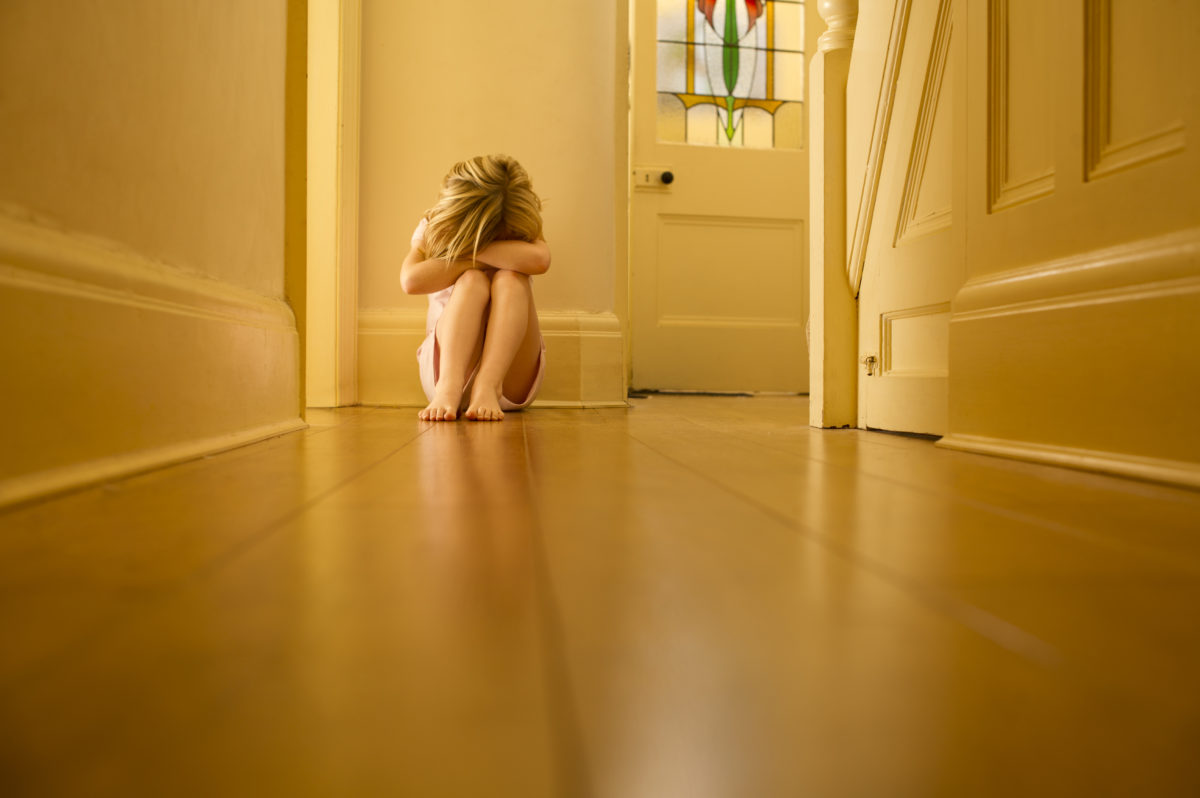
COVID-19 impacts recognition of child neglect and abuse
Hannah Howard | February 1, 2021
The COVID-19 pandemic is posing many challenges. For child advocacy centers, it has peeled away an important layer of protection to help identify child abuse and neglect.
School is more than a place of learning. It’s also where there are many eyes and ears on the lookout for the signs of abuse and neglect among the students.
“Classroom teachers, youth leaders, sports coaches, club facilitators…” Beth Sizemore, Child Protect Mercer County Program Director, said.
The COVID-19 pandemic is taking these watchful eyes off kids due to virtual learning, the cancellation of extracurricular activities and greatly diminished face-to-face contact between students and their educators.
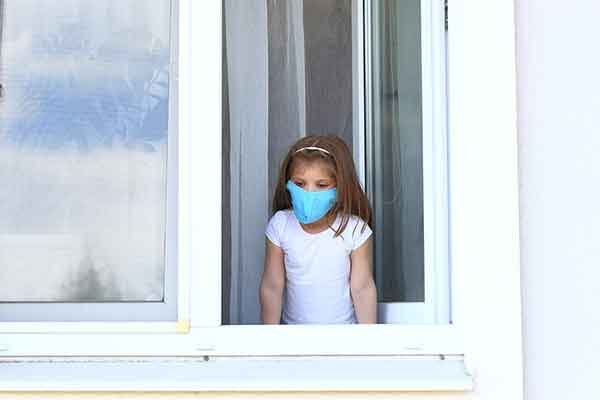
‘They’re struggling behind closed doors’: Doctors reveal disturbing stories of child maltreatment amid pandemic
Morganne Campbell | January 31, 2021
A disturbing trend has led to a plea from doctors across the country as more babies and children are being treated with serious trauma, fractures and in some cases, malnutrition.
“Reports of child abuse have decreased significantly during the pandemic and we don’t think that’s because there are less concerns, we think it’s because there are less concerns being identified,” said Dr. Michelle Ward, a paediatrician and head of the division for Child and Youth Protection at Children’s Hospital of Eastern Ontario (CHEO).

Increase in child human trafficking reported in COVID-19 pandemic
Hannah Campbell | January 31, 2021
Unfortunately, child human trafficking is on the rise during the COVID-19 pandemic.
That’s because kids are at home, on devices more with online schoolwork and playing games. It can put a proverbial target on their back.
According to data from the National Center for Missing and Exploited Children, reports of online child sexual exploitation doubled in 2020.
Cammy Bowker is the CEO and founder of Global Education Philanthropists, a nonprofit that works to prevent human trafficking worldwide. She said online predators target anyone, anywhere.

Alaska Advocates Say Severe Child Abuse Rose in Pandemic
Associated Press | January 30, 2021
Severe child abuse cases in Alaska have increased significantly at times during the coronavirus pandemic, experts said.
As students return to classrooms, child welfare advocates are assessing the impact of the pandemic on child abuse, Alaska Public Media reported Wednesday.
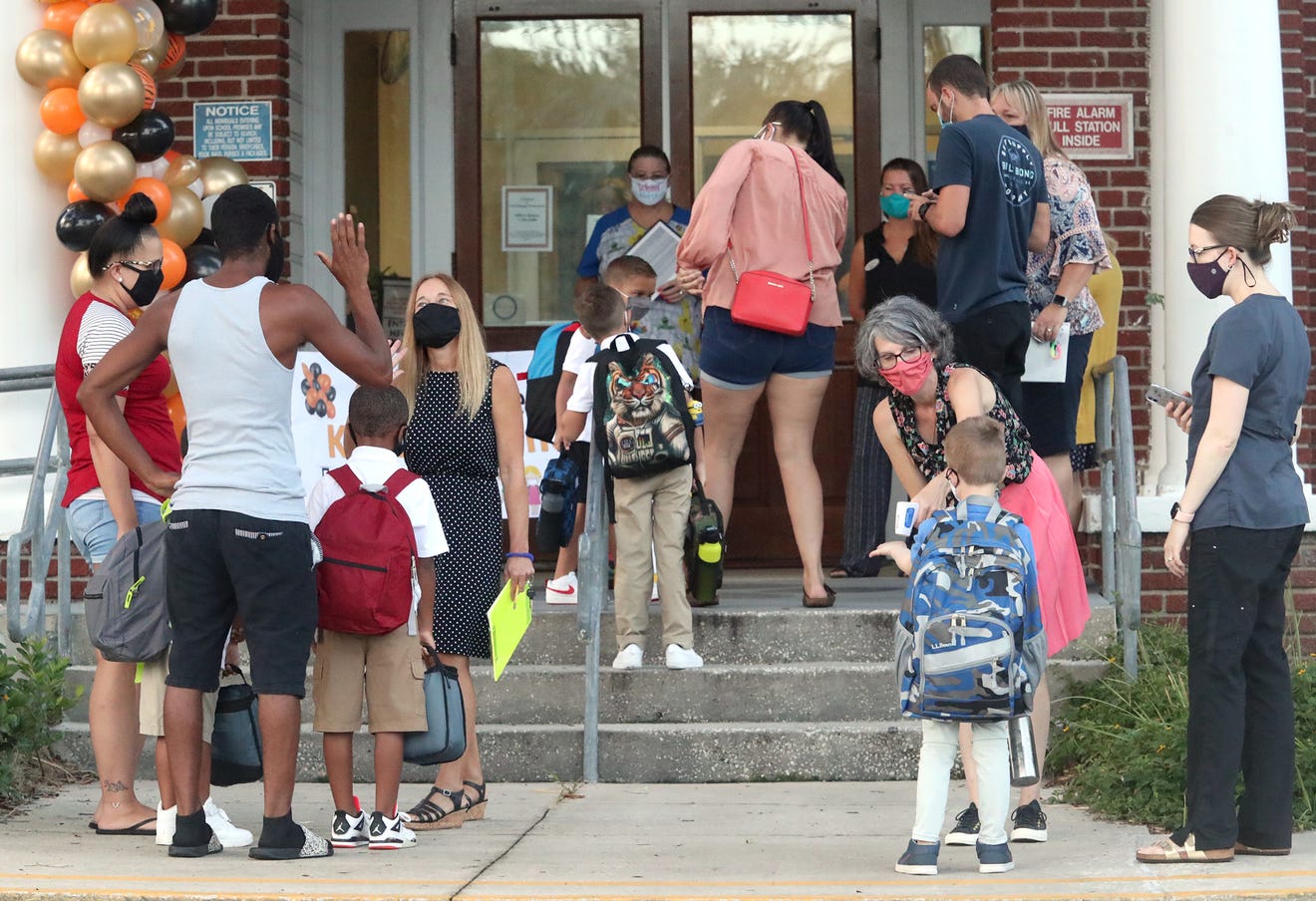
The reckoning over the nation’s schools and Covid is coming
Zachary B. Wolf | January 27, 2021
The national reckoning over where and how schoolchildren should be educated as the pandemic drags on is finally here — or at least it should be.
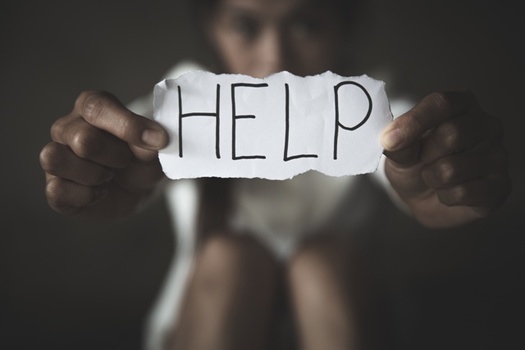
Human Trafficking: Pandemic Increases Vulnerability, Diminishes Response
January 14, 2021
January is Human Trafficking Awareness Month, and advocates in Ohio say COVID-19 has made awareness more important than ever.
Amy LaGesse, project coordinator for FOCUS on Runaways, and a board member of Ohio Alliance to End Sexual Violence, has worked for years in the Toledo area on the issue, and said the pandemic has not necessarily increased incidents, but better disguised them more as people spend more time at home.
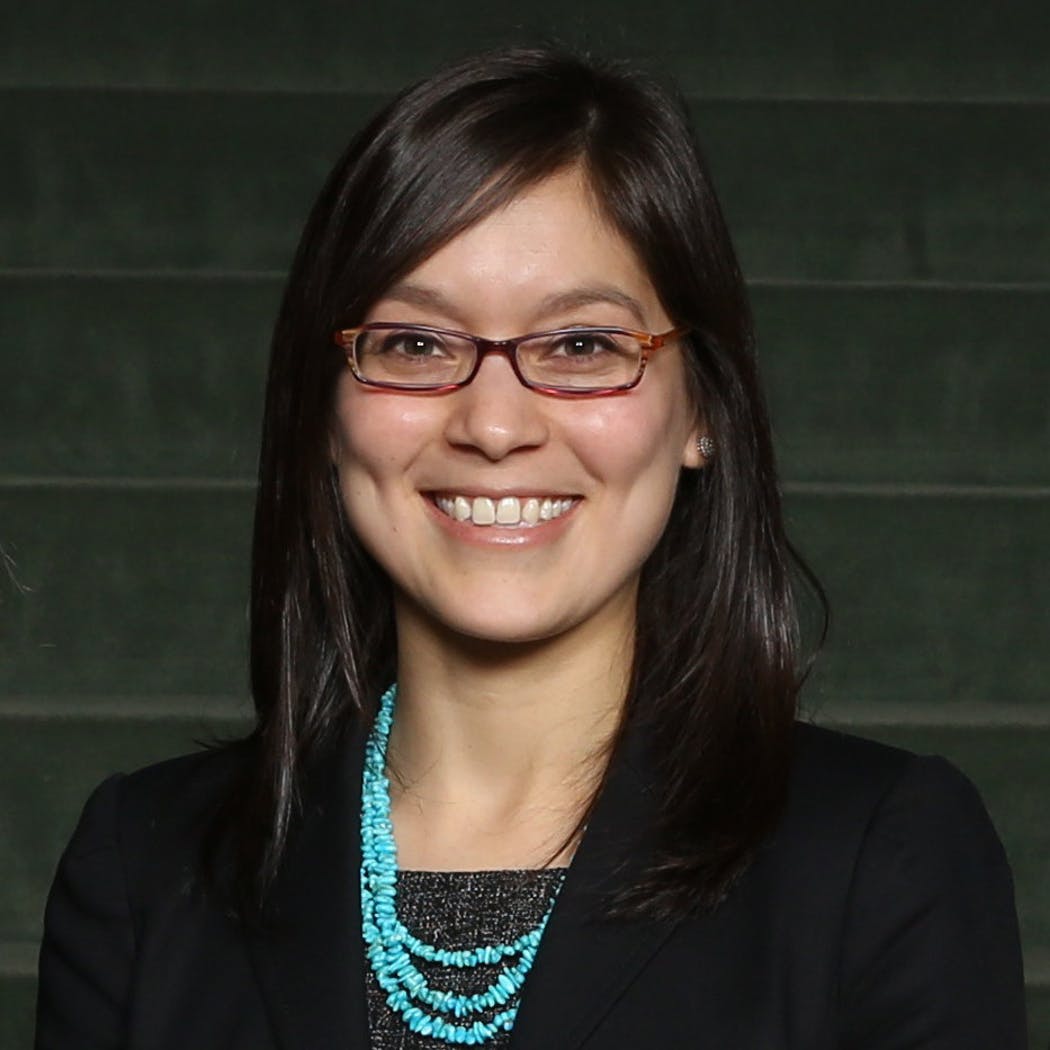
Minnesota child abuse reports plunge during coronavirus pandemic, worrying authorities
Chris Serres | January 11, 2021
Reports of child abuse and neglect in Minnesota have dropped sharply during the coronavirus pandemic, which has eased strain on the child welfare system while spurring fears that problems are going unnoticed while children are away from school.
New data from the Minnesota Department of Human Services (DHS) show that, during the first eight months of the pandemic, local child protection agencies received 22% fewer reports of child maltreatment over the same period in 2019. That, in turn, has contributed to a sharp drop in the number of children being separated from their families and placed into foster care.
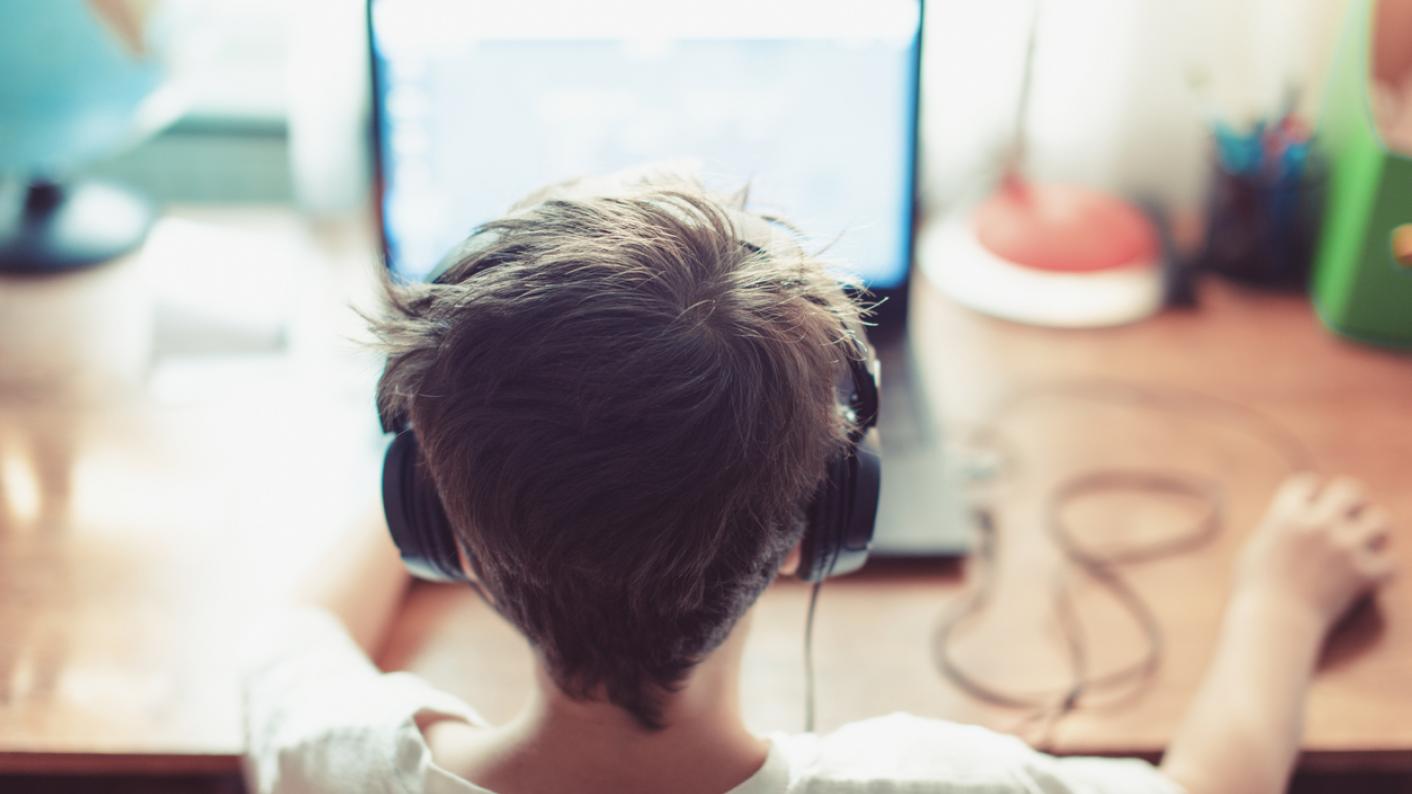
‘It worries me,’ Arkansas superintendents concerned about disengaged virtual learners
Gabrielle Phifer | January 8, 2021
School districts across Arkansas have completed the first week of this second semester and superintendents are hoping to have a successful year for both virtual and in-person learners.
However, it’s those disengaged virtual students that superintendents at Crossett and El Dorado school districts are greatly concerned about.
“It worries me,” El Dorado School District Superintendent, Jim Tucker said. “It worries me for them.”
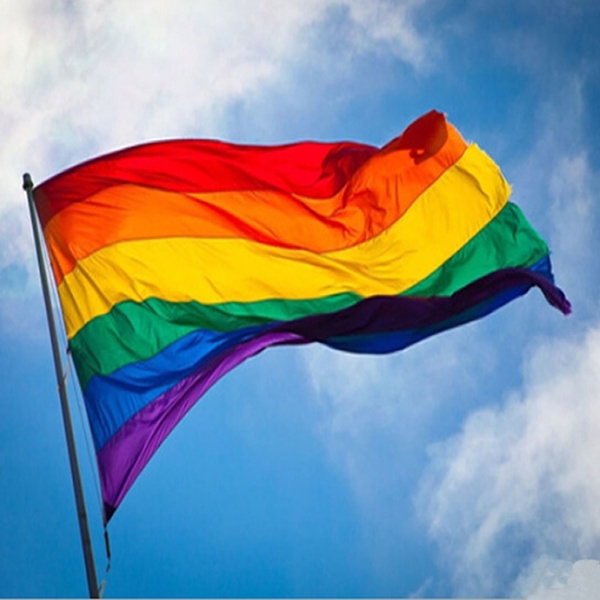
Impact of COVID-19 Crisis on LGBTQ Youth
Stewart Adelson, MD , Joanne Ahola, MD , Mary Barber, MD , Flavio Casoy, MD , Jack Drescher, MD , Laura Erickson-Schroth, MD, MA | January 6, 2021
As the number of COVID-19 cases in the United States rockets past 21 million, causing widespread pain in lives lost and economic devastation, lesbian, gay, bisexual, transgender, and queer (LGBTQ) youth face particular hardships threatening their lives, mental health, and social development.
In particular, social isolation may be especially challenging for LGBTQ youth. They may be quarantining with rejecting family-members and losing contact with supportive social networks. The nature of quarantining means these problems are invisible to the public.

Underreported child abuse cases amid pandemic, local schools response during remote learning
Jordan Kudisch | January 6, 2021
Often times teachers are the first to report at-home abuse.
But as remote learning has taken over and face-to-face interactions have become limited, some experts say many cases may be going undetected.
Child abuse reports are down in the state of Maryland, but again that doesn’t mean the abuse itself isn’t happening.
Psychologist, Dr. Kathy Seifert, argues there could be much more going on behind closed doors.

Hidden child maltreatment: One more reason to vaccinate teachers and open schools
January 6, 2021
With the end of the holiday break, about half the nation’s public students are not returning to school buildings but instead are continuing with virtual education. The impacts of school building closures on education, the economy and student mental health have been widely covered. But there is another consequence of virtual education that has not been as widely reported–the loss of the protective eye on children that their teachers and other school staff provide. Now that the COVID vaccine is becoming available, it is urgent that we get teachers vaccinated and students back to school.

Soon-to-be Secretary Miguel Cardona, the time is now for an education stimulus
John H. Jackson and Derrick Johnson | January 3, 2021
Congratulations on your nomination to be U.S. education secretary, Miguel Cardona. You are poised to take this position at a critical point in American history. As you know well, for generations we have lived through a system of separate and unequal education. COVID-19 has greatly exacerbated the learning loss disparities experienced by children of color. Now, with Congress failing to deliver to schools, educators, students and parents the much needed learning and PPE resources, and states cutting their 2021 budgets, things are primed to get a lot worse.
When one couples the historic impact of structural racism on education with the challenges brought on by COVID-19, it is clear we are in a maze without a clear exit. But in times of uncertainty, the past can be a guiding light. One important lesson from the past: the positive impact of targeted economic stimulus packages.
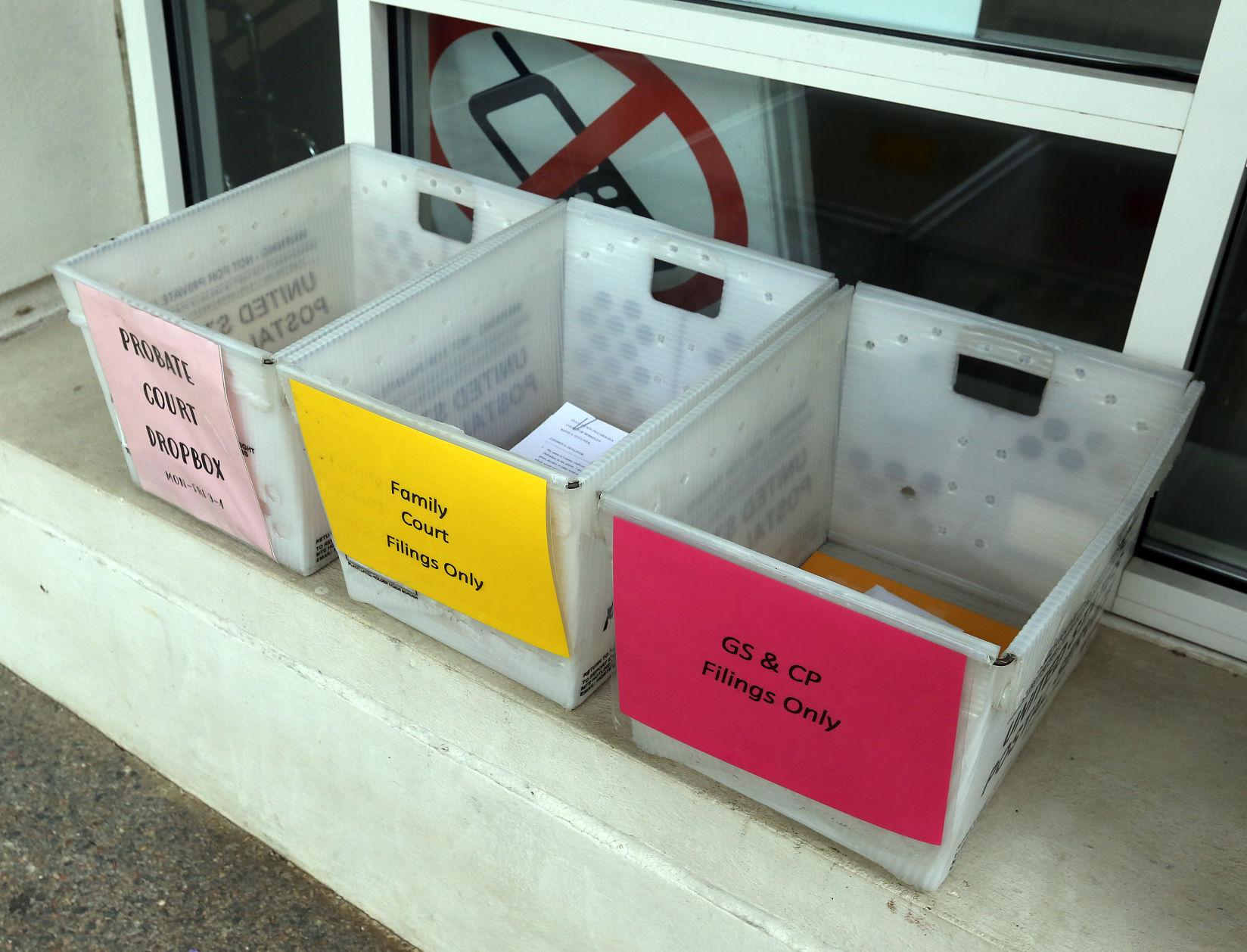
SC experts worry pandemic will hurt custody for unemployed parents
Sara Coello | December 27, 2020
As thousands of South Carolinians struggle to find jobs and housing amid the coronavirus pandemic, legal advocates are worried that the instability will interfere with child support and custody proceedings, or even land unemployed parents behind bars.
The Palmetto State’s family court system, like those across the country, prioritizes safe homes and capable parents when deciding where children should stay. Parents who “willfully” miss child support payments — a loose term that judges generally have to gauge for themselves — can have custody of their children removed or even be sent to serve time behind bars.

Violence against women surges during COVID-19 crisis as Senate Republicans block anti-domestic violence law
Kaanita Iyer | December 27, 2020
An increase in domestic violence cases during the COVID-19 pandemic has renewed the push to reauthorize the Violence Against Women Act.
President-elect Joe Biden has said he would renew the act that expired last year, but he faces a tough challenge if Republicans keep control of the Senate after Georgia’s runoff elections next month. But an increase in domestic violence calls and arrests across the country may put pressure on Senate GOP to restart stalled reauthorization efforts.

Make Schools More Human
The pandemic showed us that education was broken. It also showed us how to fix it.
Jal Mehta | December 23, 2020
If a measure of a society is how well it takes care of its young, the past nine months are a damning indictment of our nation.
Parents and teachers have been working overtime under impossible circumstances., and states have prioritized keeping gyms and restaurants open over keeping schools open. A result is that about 48 percent of all students are still in full-time virtual instruction (another 18 percent are in hybrid), according to Burbio, a company that tracks school calendars. These rates are higher among poor students and students of color. This is shameful — private schools holding classes under tents on spacious campuses while poor students are sitting outside McDonalds to get internet access.
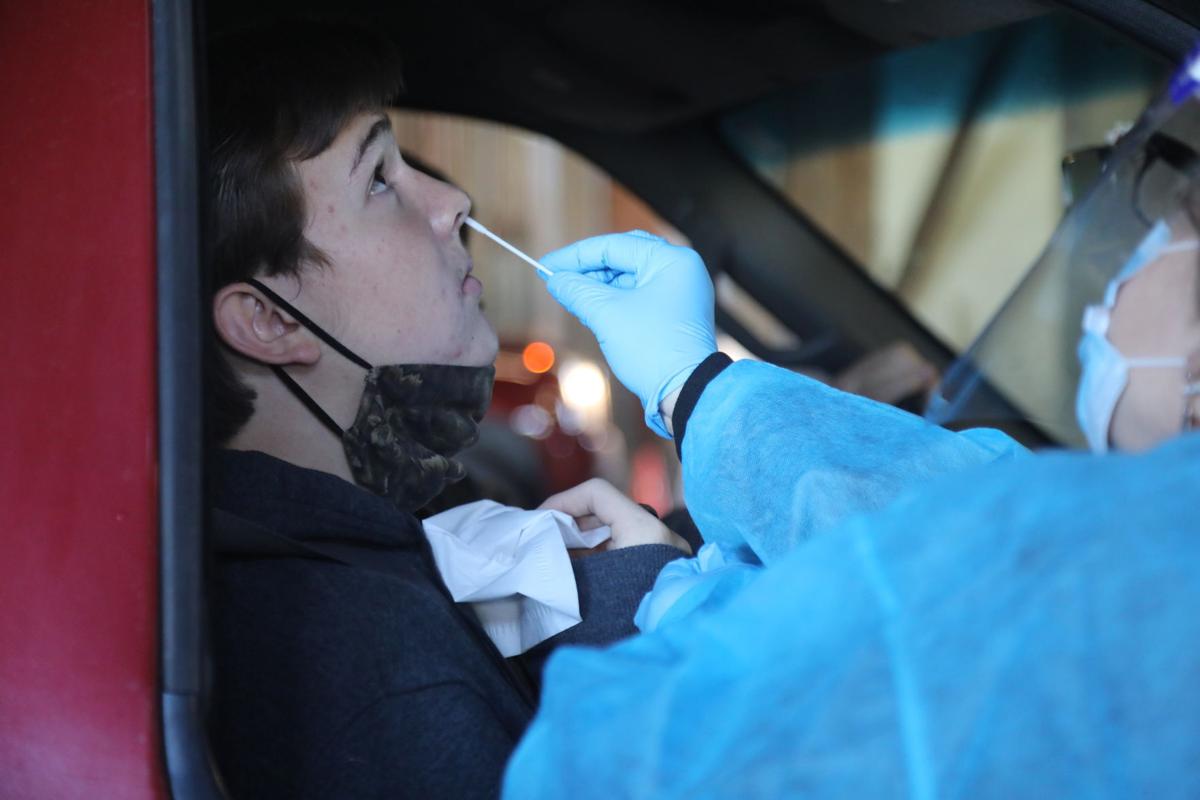
COVID-19 in schools: A year of quarantines, testing, school closures
Emily Anderson | December 23, 2020
Kristen Kohler, a family and consumer science teacher at Viewmont High School, thought she had a cold last week. But because she planned on seeing her parents for Christmas, she decided to be tested for COVID-19 as a precaution.
Her test came back positive Tuesday. Now, she said, teachers in nearby classrooms are also showing symptoms of the virus.
“I was honestly shocked,” Kohler said. “I hadn’t had any direct contact with anyone that I knew of, so I didn’t think it would come back positive at all.”
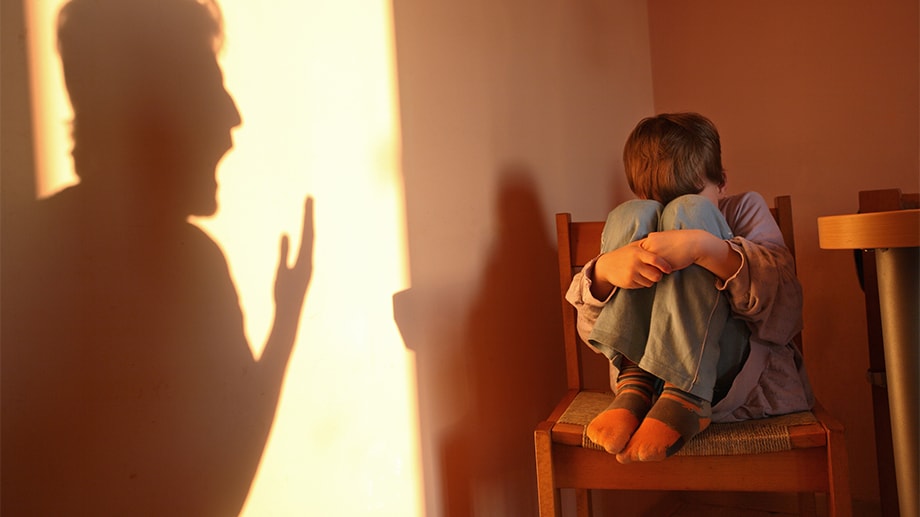
What Has COVID-19 Done to Child Welfare?
Shannon Firth & Elizabeth Hlavinka | December 23, 2020
The pandemic, its associated isolation, and economic challenges prompted child welfare to sound the alarm: COVID-19 will likely result in a spike in child abuse.
Some experts fear that at-risk children won’t be seen because stay-at-home orders are keeping them away from the watchful gaze of mandated reporters, especially teachers, who report one in five cases of suspected abuse and neglect to hotlines and responsible agencies.
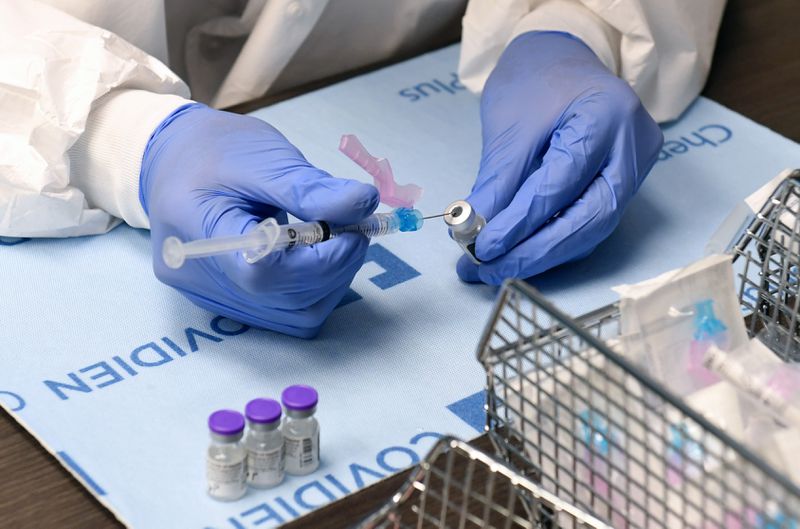
Opinion: Safe, effective COVID vaccine essential for kids’ future
Carolyn Moneymaker | December 23, 2020
As America continues to search for a solution to the coronavirus crisis, it’s becoming increasingly clear that the health and safety of our children depend on the development of a vaccine.
This may come as a surprise to many. After all, COVID-19 mortality rates are lowest among children and young adults. But the health of a child isn’t limited to whether they contract COVID. Infection rates only tell part of the story.

TX Families Struggle to Keep Ahead of Pandemic Hardships
December 23, 2020
Congress has passed a new stimulus package that will provide most Texas residents with an extra $600 – but that may not go far for families struggling with food insecurity and pandemic-related mental-health issues.
A new report from the Annie E. Casey Foundation shows Texas has the worst rates in the country for health-insurance coverage, both for children and adults. Amy Knop-Narbutis, research and data director for the group Every Texan, said that’s due to public-policy choices that Texas lawmakers could address in the next legislative session.
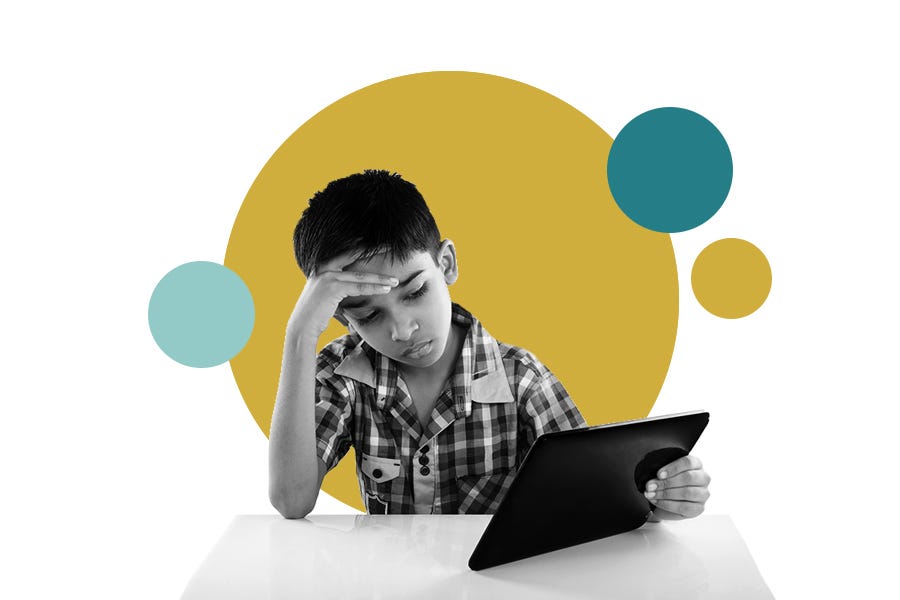
Experts say this is what children need to survive the COVID-19 pandemic
Alia E. Dastagir & Alia Wong | December 22, 2020
It has been almost a year of pandemic parenting, an all-consuming, ever-changing chaos that has tested American families in unprecedented ways.
Schools closed, then opened, then closed again. Playdates were fewer and fraught with new rules. Working parents often did their jobs without child care, while parents of teens did their best to buffer against a litany of losses – friends, sports, proms, graduations. For many low-income families, COVID-19 exacerbated existing hardships, and toxic stress trickled down from parent to child.
Nine months after COVID-19 changed everything, parents are asking the same question they asked at the start: Will my children be OK?
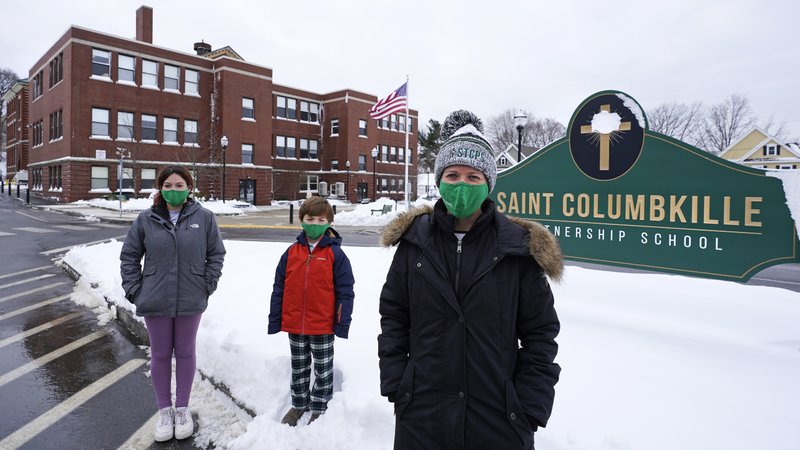
US public school enrollment dips as virus disrupts education
Kayln Belsha and Gabrielle LaMarr LeMee, and Leah Willingham and Larry Fenn | December 22, 2020
earful of sending her two children back to school as the coronavirus pandemic raged in Mississippi, Angela Atkins decided to give virtual learning a chance this fall.
Almost immediately, it was a struggle. Their district in Lafayette County didn’t offer live instruction to remote learners, and Atkins’ fourth grader became frustrated with doing worksheets all day and missed interacting with teachers and peers. Her seventh grader didn’t receive the extra support he did at school through his special education plan — and started getting failing grades.
After nine weeks, Atkins switched to home schooling.
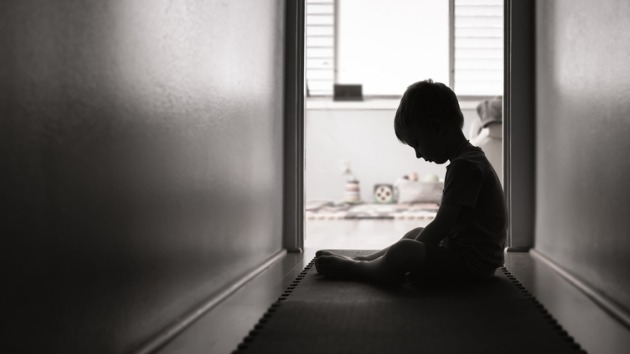
Child abuse risk remains concern amid continued COVID financial, social strain
Meredith Deliso | December 20, 2020
In April, a month after the World Health Organization declared the coronavirus outbreak a global pandemic, the Rape, Abuse & Incest National Network (RAINN) reported that, for the first time, half of the victims receiving help from its National Sexual Assault Hotline were minors.
Eight months later, the anti-sexual violence organization is still finding that to be the case.
“We are seeing a lot of what we saw in the spring,” RAINN President Scott Berkowitz told ABC News this month. In fall 2019, about 40% of hotline users were minors; since the spring, that number has consistently been around 53%, Berkowitz said.
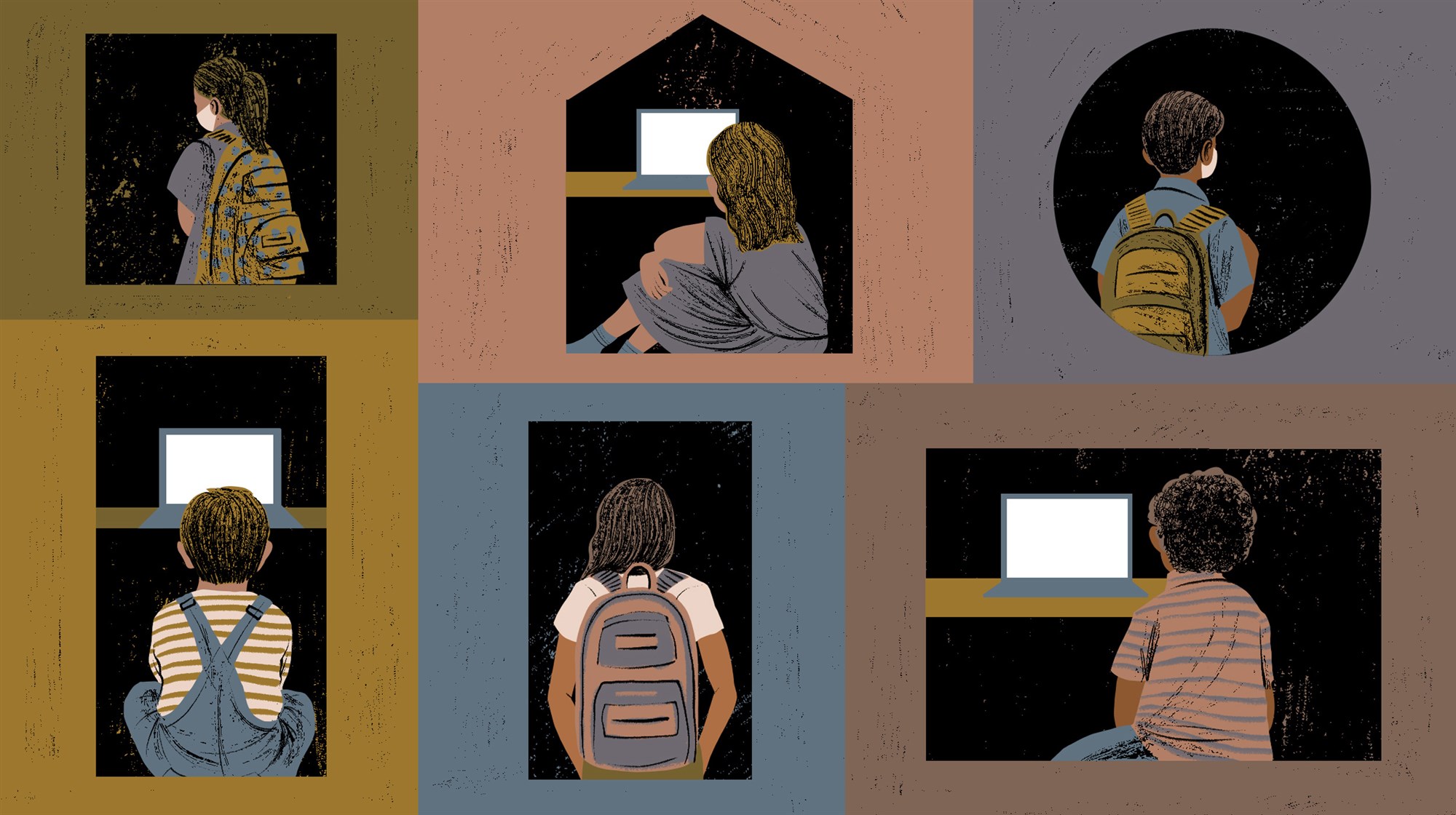
Covid is having a devastating impact on children — and the vaccine won’t fix everything
Erin Einhorn | December 15, 2020
It has been almost 10 months since Covid-19 began battering families in the United States, putting parents out of work, shrouding their homes in grief and loss, and shutting children out of the schools that taught and cared for them.
It’s all taken an unthinkable toll on children — a social, emotional and academic ordeal so extreme that some advocates and experts warn its repercussions could rival those of a hurricane or other disaster.
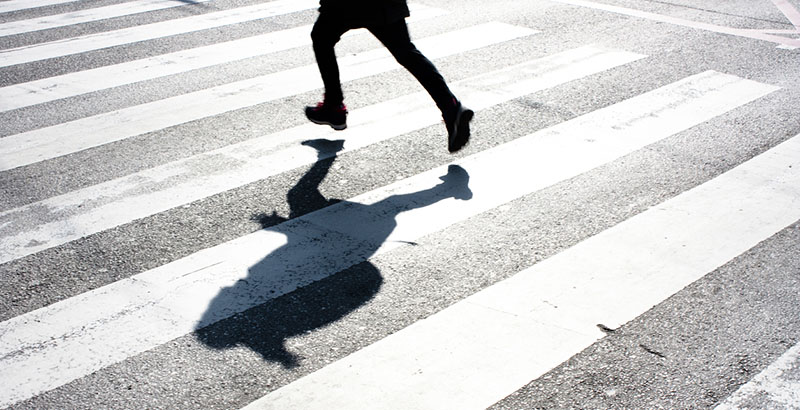
How Missing Zoom Classes Could Funnel Kids into the Juvenile Justice System — And Why Some Experts Say Now is the Time to Reform Truancy Rules
Mark Keierleber | December 14, 2020
Marisa McClellan, who leads child protective services in Pennsylvania’s capital city, has been struggling to fall asleep at night. But it’s not the pandemic’s growing death toll or the collapsing economy that’s keeping her up. She’s worried about the children who aren’t showing up for school.
Ever since the pandemic pushed schools into disarray, education leaders from across Dauphin County have overwhelmed her agency with reports of truancy, meaning that students aren’t showing up for class — either remotely or in-person — but lack a valid excuse for their absence. Before the pandemic, such cases were rare.
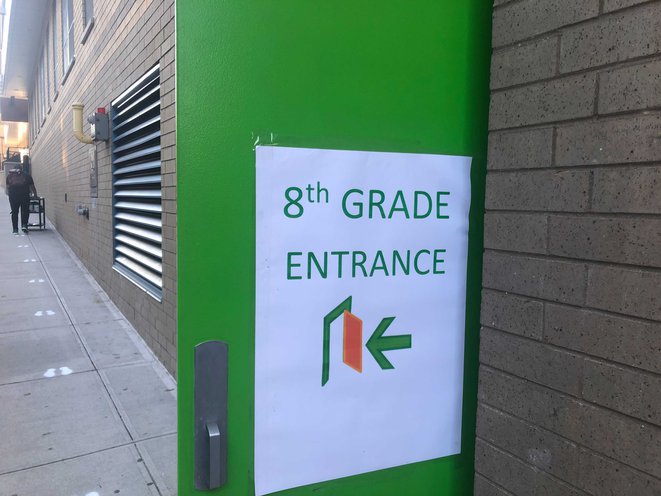
“Attendance Is A Symptom”: Educators Struggle To Keep Track Of Students During Pandemic
Jessica Gould | December 11, 2020
One of the most critical data points for anyone running a school, much less the nation’s largest school system, is the number of students showing up each day. And this year COVID-19 has made it extremely difficult for New York City public school administrators to track daily attendance in a reliable way.
The numbers submitted to date show that attendance is down several points across the system compared to the pre-pandemic average. That has educators scrambling to account for their students and seeking creative ways to get them to attend class, whether that’s in person or online. To them, it’s a question of fighting back learning loss and providing a lifeline to children who may be in crisis.
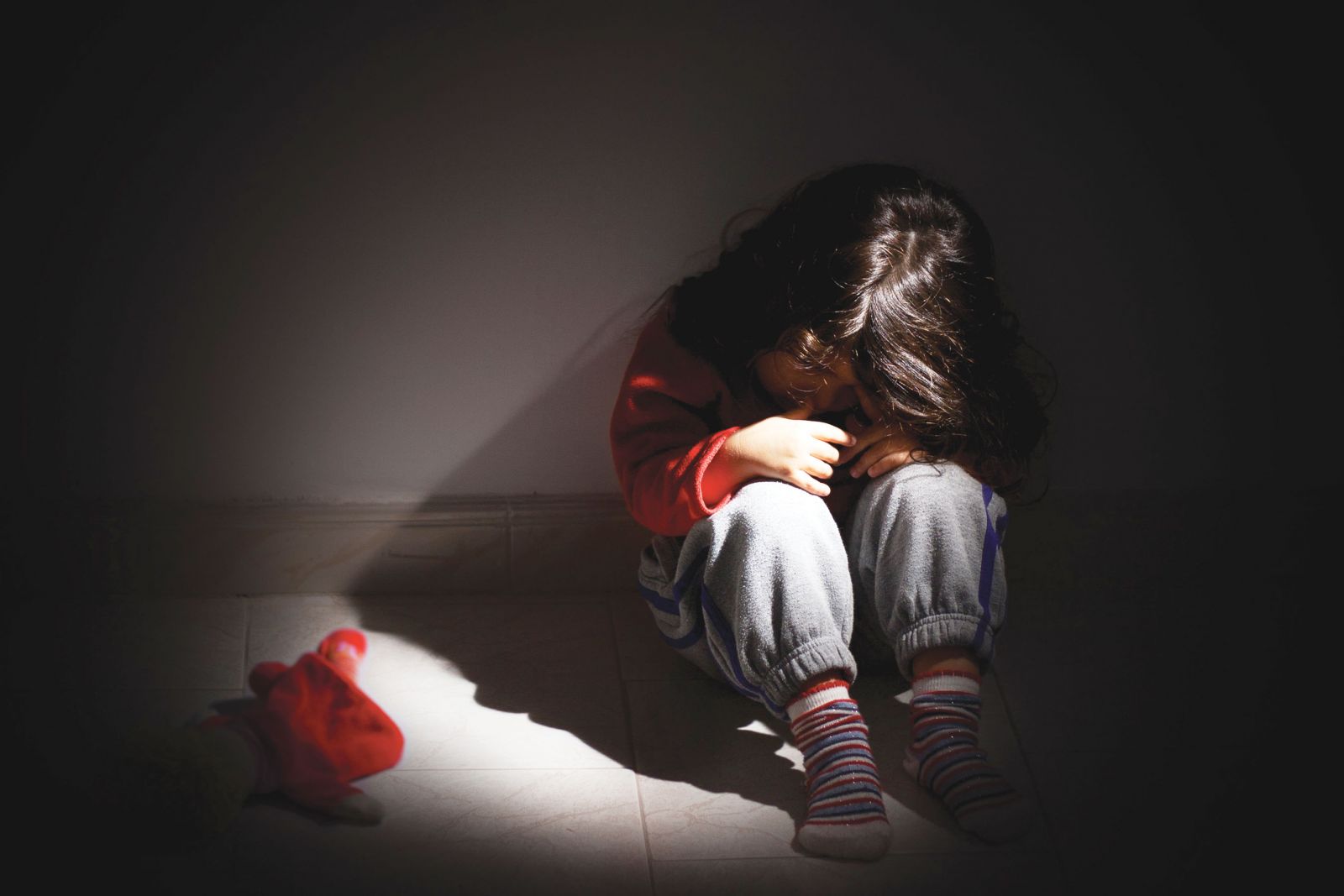
Child abuse investigators seeing fewer reports during pandemic
Maunette Loecks | December 8, 2020
As the pandemic stretches into its eighth month, more and more families have been impacted by periods of remote or distance learning. For child abuse investigators, the safety of children is a growing concern.
According to the National Children’s Alliance, 88% of all child abuse is perpetuated by a parent, a parent’s partner or a relative. With more than two-thirds of child abuse cases made by professionals, including teachers and counselors, child abuse investigators and others in the field are concerned that abuse in the home is going undetected and unreported.

Caseworkers talk challenges of helping abused and neglected kids virtually
Stephanie Bennett | December 4, 2020
Covid-19 has changed the way we live our lives and do our jobs, and there’s growing concern among the child welfare community.
Lindsay Gee with Florida Support Service of North Florida, Inc. has worked in child welfare and as a case worker for 15 years.
Currently, Gee has about 20 kids’ cases she’s working on, and now, it’s almost completely virtual.

Lafayette school board approves new discipline policy for students in virtual learning settings
Katie Gagliano | December 3, 2020
The Lafayette Parish School Board unanimously approved a new district discipline policy tailored to the virtual learning environment Wednesday after prompting from state legislators following a discipline incident involving a 9-year-old student and a BB gun in Jefferson Parish earlier this year.
The policy was approved in a 9-0 vote with other items without discussion by board members and little comment from district discipline committee members during a meeting earlier Wednesday.

COVID-19 has been a ‘disaster for education.’ NC leaders warn learning gaps will widen.
T. Keung Hui | December 2, 2020
RALEIGH — North Carolina education leaders warned Tuesday that fewer students could graduate and more students may have to repeat the school year due to the coronavirus pandemic.
The pandemic has altered how the state’s 1.5 million public school students have learned since the spring, with schools reporting absences are up and grades are down. Deputy State Superintendent David Stegall told state lawmakers on Tuesday that there could be long-lasting educational consequences due to the pandemic.
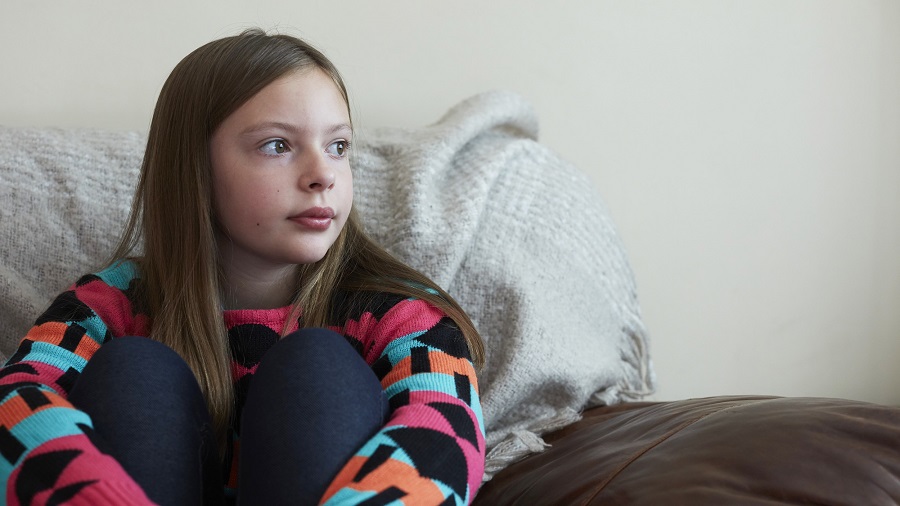
Number of recorded child cruelty and neglect offences up by 53% over 3 years
NSPCC | December 2, 2020
During the first three months of lockdown, police recorded 5,478 child cruelty and neglect offences. With figures rising over the past three years, we’re highlighting the risk that children may face this Christmas, and asking everyone to play their part in keeping young people safe.

Local officials say child abuse is going unreported due to the COVID-19 pandemic
Patrick Suanders | December 2, 2020
The number of child abuse reports in DeKalb dropped in half while the number of severe abuse cases increased as distance learning took hold amid the coronavirus pandemic.
The issue has child welfare advocates concerned about the short- and long-term implications of underreporting as the pandemic continues and in-person schooling is suspended indefinitely.
The 50 percent drop in child abuse cases in DeKalb began in the spring, according to Lamar Smith, director of the DeKalb County Division of Family & Children Services.
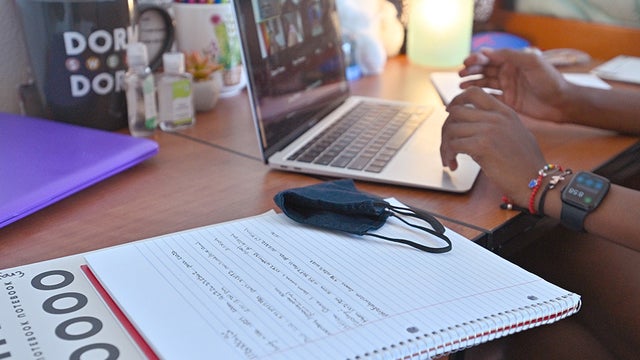
Mayor Garcetti Announces Program to Connect Vulnerable Young People to Internet Access
City of Los Angeles | December 2, 2020

Michigan child abuse reports are on the decline — but it doesn’t mean the abuse has stopped
Jerilyn Jordan | December 1, 2020
Since March, reports of child abuse have drastically dropped in Michigan. Good news, right? Child advocates and wellness organizations say “not quite.”
Experts believe the decline might be a major red flag and an indicator that the abuse has not stopped but is going undetected due to the state’s pandemic stay-at-home restrictions — which, for children, means infrequent in-person learning opportunities, Bridge Michigan reports.
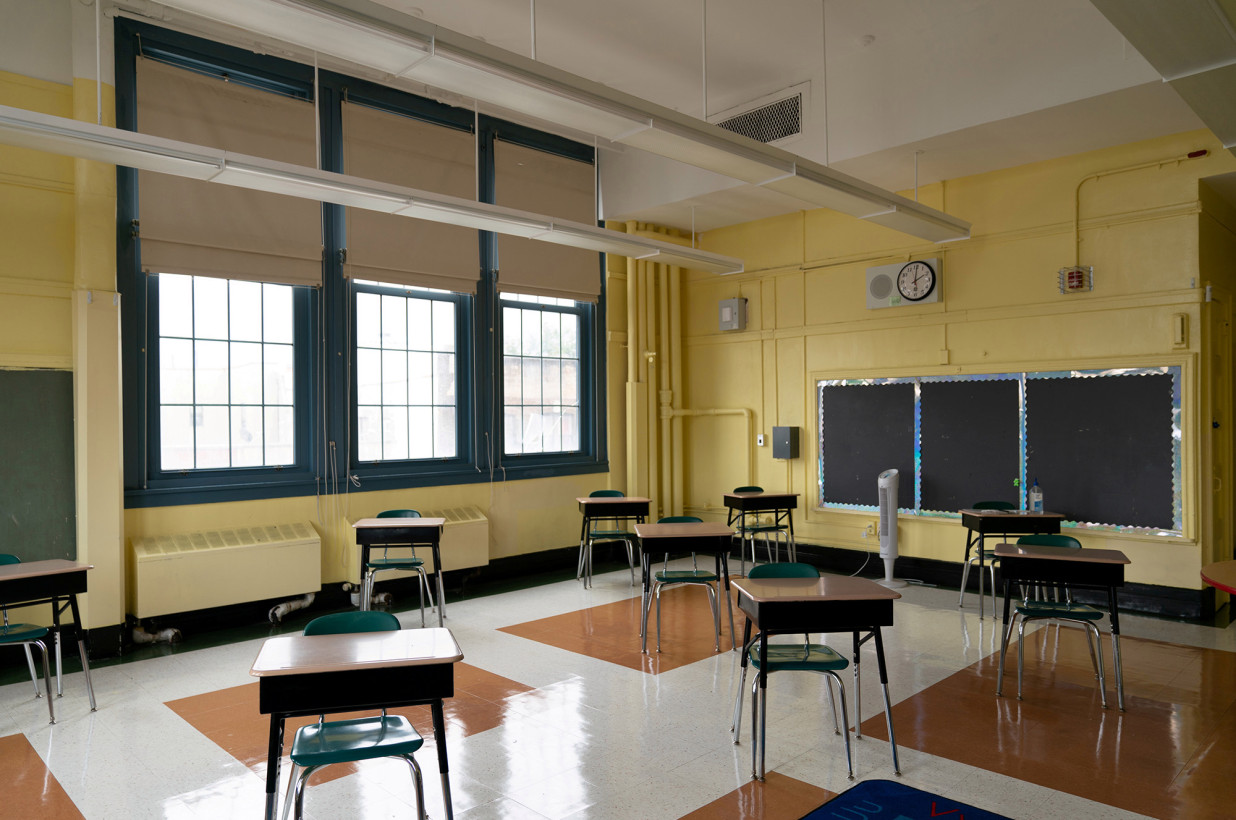
The State of Education during CoViD
Rsaal Firoz | November 30, 2020
Schools across most of the U.K. are still open, despite the second lockdown. Coronavirus cases, however, are rising rapidly in schools, with secondary schools currently being the most significant spreaders of the virus. We are told, then, that the negative effects of schools closing outweigh the effects of the coronavirus, and so it is in the interests of the next generation to keep schools open in order to prevent a further increase in the already worrying attainment gap.
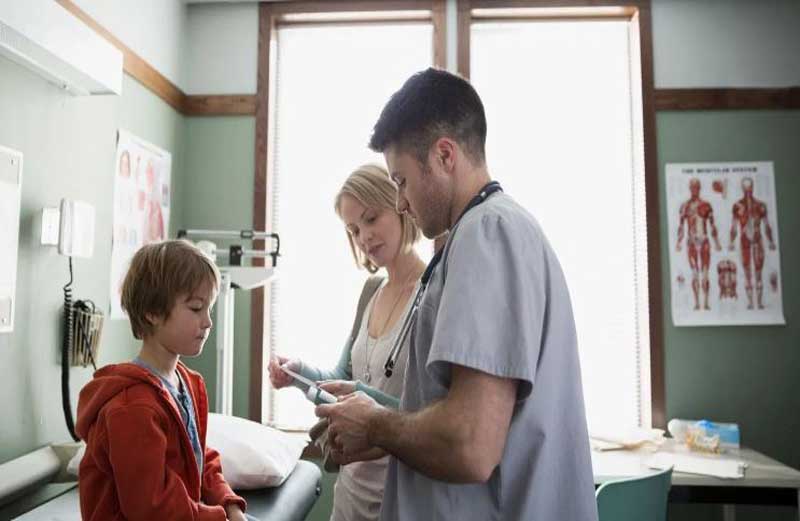
There was a 28% increase in child Covid-19 cases over the last two weeks, American Academy of Pediatrics says
Madeline Holcombe & Amir Vera | November 24, 2020
As officials continue to warn about traveling over the holidays amid the fall surge, health experts are also investigating the virus’ impact on children.

F’s nearly double amid remote learning in Virginia’s largest school system
Joseph Choi | November 24, 2020
Remote learning during the coronavirus pandemic is having a deleterious effect on grades, according to study done on Fairfax County Public Schools (FCPS), Virginia’s largest school system.
Comparing data from last year to this year, the percentage of F’s earned by middle and high school students jumped from 6 percent to 11 percent, with middle schoolers showing a 300 percent spike in F’s and their older peers in high school reporting a 50 percent increase.
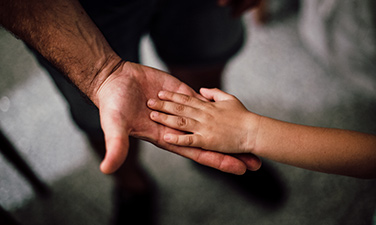
The Pandemic Is Increasing Child Sex Trafficking, But Not For Reasons You May Think
Michael Hobbes | November 22, 2020
Since the start of the coronavirus pandemic, law enforcement agencies and nonprofit organizations have issued dire warnings that the intense isolation and increased time online would lead to higher rates of child sex trafficking.
In October, the National Center for Missing and Exploited Children (NCMEC) noted that reports of online child sexual exploitation had doubled in 2020 compared with the previous year. The anti-trafficking charity Polaris said in June that calls to the National Trafficking Hotline had spiked 40% over pre-pandemic rates.

How to help vulnerable students who are struggling with remote learning
Gee and Ursula Show | November 21, 2020
If your child has special needs or is really struggling with remote learning right now, is there help available? How are schools performing for the children who are the most vulnerable? Arik Korman is the communications director for the nonprofit advocacy group League of Education Voters, which is working to improve education for public school students.
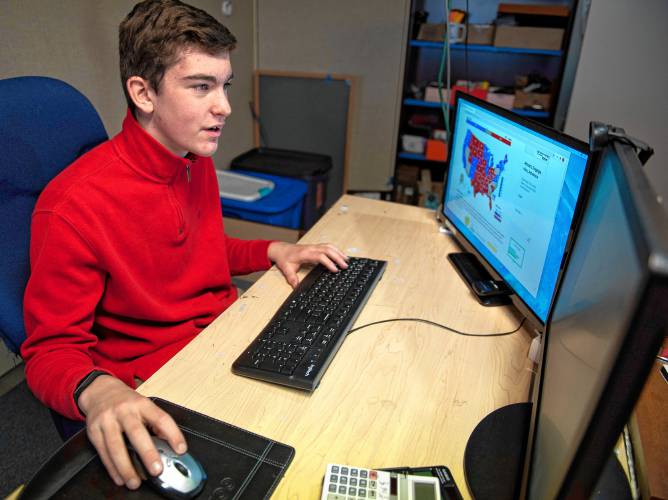
Learning to adjust: Students with extra needs face pandemic challenges
Greta Jochem | November 21, 2020
When COVID-19 first hit the United States last spring and schools across the country moved online, middle schooler Brady LePage was happy to be at home — at first.
“For the first couple days, it was fun: ‘Oh, yay, I’m at home,” he recalled. “After a few days, it kind of got old.”
Brady has Asperger’s syndrome and sensory processing disorder, according to his mother, Molly LePage, and he has an individualized education program (IEP). “Where at school you have your IEP and you know the services,” she said, “now he’s really navigating his services.” Including taking movement breaks, which help him concentrate.

Stuck on Mute: Kids in Juvenile Lockups Can’t Be Seen or Heard by Teachers During Remote Learning
Eileen Grench | November 19, 2020
The closure of city public school buildings Thursday also marked the end of in-person classes for another population of New York City youngsters: kids being held in juvenile lockups.
But for the 141 minors jailed citywide, remote learning means a system where they cannot be seen or heard by their teachers during school hours.
They can only communicate with their instructors via text chat, according to teachers and other sources familiar with the system.

The Child-Neglect Pandemic
Remote schooling is taking a toll on kids everywhere, but especially those in vulnerable domestic situations.
Naomi Schaefer Riley | November 19, 2020
Yesterday, New York City mayor Bill de Blasio announced that, once again, the nation’s largest public school system would close, in response to spiking Covid-19 infections—throwing hundreds of thousands of children back into remote-learning environments. The human cost of school closures on children cannot be overstated. According to a new report from JAMA Network Open, the American Medical Association’s monthly open-access medical journal, “a total of 24.2 million children aged 5 to 11 attended public schools that were closed during the pandemic, losing a median of 54 days of instruction.” The report also declares that “missed instruction during 2020 could be associated with an estimated 5.53 million years of life lost. This loss in life expectancy was likely to be greater than would have been observed if leaving primary schools open had led to an expansion of the first wave of the pandemic.”

Schools want to end online classes for struggling kids, but COVID-19 cases may send everyone home
Erin Richards | November 14, 2020
Math teacher Aaron Tomhave found it fairly easy to continue connecting with his students when his district outside of Houston shifted online in March. He’s a tech whiz, and he already had a good relationship with them.
But when the Splendora school district returned to in-person instruction in September, Tomhave noticed subtle differences with his new students: When he rolls up on his mechanic’s stool and asks them about their day and their schoolwork, he gets an authentic and immediate response. He knows that would have been harder over email. His students are grasping concepts more readily in person, too.
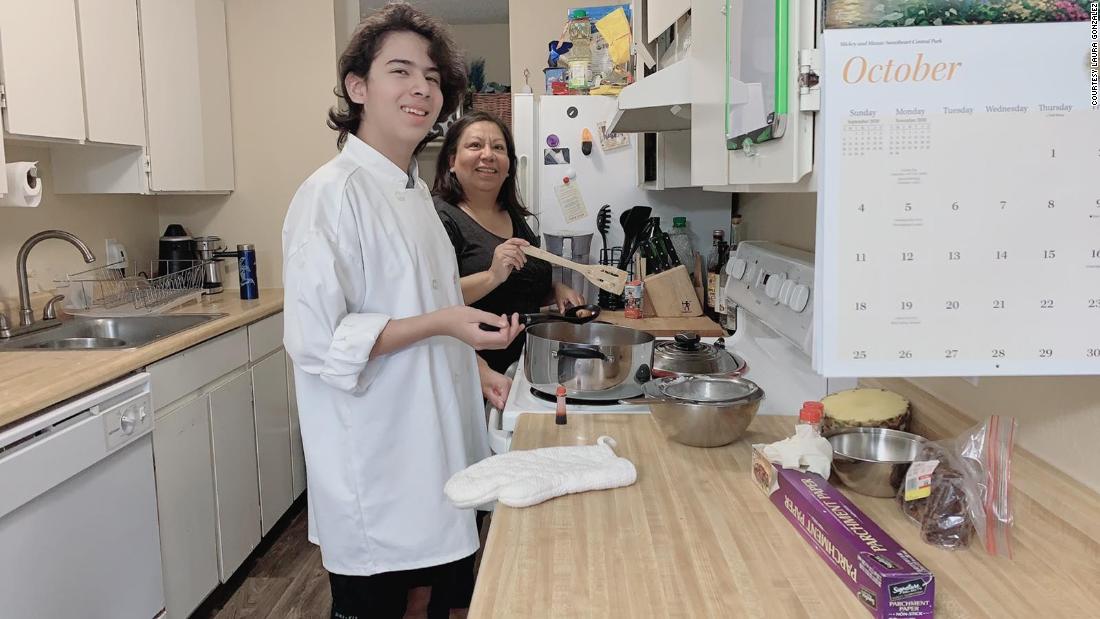
The real-life struggles of distance learning, according to 5 families
Elissa Strauss | November 14, 2020
In the not-so-distant past, there was a place where parents could drop off their kids for six-plus hours a day. Teachers and administration kept them safe, and taught them things. It was wonderful.
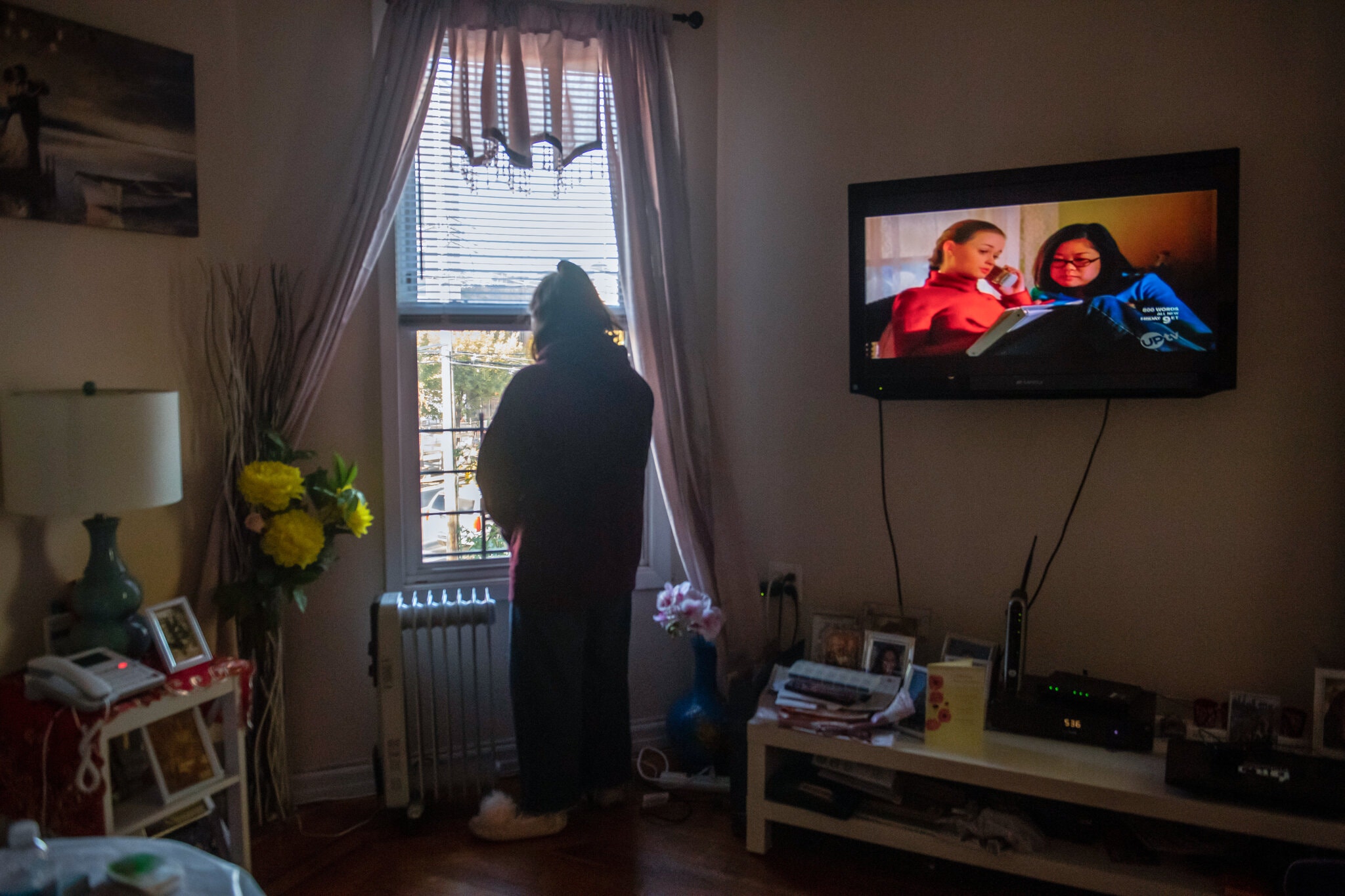
Teens in Covid Isolation: ‘I Felt Like I Was Suffocating’
Emma Goldberg | November 12, 2020
Before the pandemic, Aya Raji’s days were jam-packed. She woke up at 6:30 a.m. and took the subway to school. At night, she practiced kick-flips with her skateboarding club and hosted “Twilight” movie nights for friends.
Once her school in Brooklyn turned to remote learning, starting last spring and continuing this fall, the days grew long and lonely. Nothing could distract her from the bleak news, as she stared at her laptop for hours during virtual class. She couldn’t sleep, up until 4 a.m., her mind racing with anxiety.
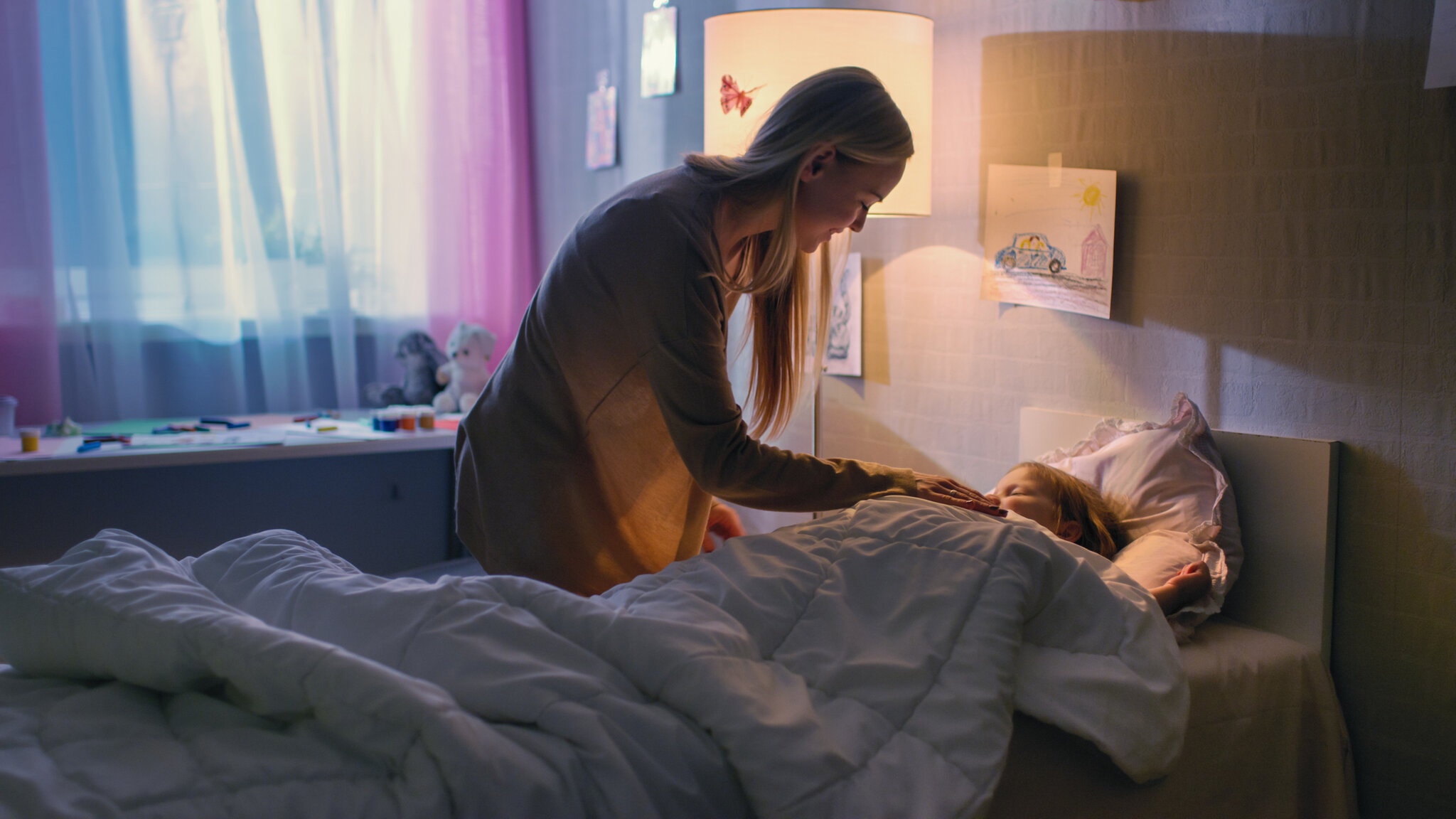
Helping Children With Anxiety in the Pandemic
Perrie Klass | November 9, 2020
Yes, this is an anxious time, and yes, everyone is anxious, but it is particularly hard to be an anxious kid in an anxious time. Anxiety disorders are the most common mental health disorders in children and adolescents (and this was true before the pandemic), and they can be linked to other mental health issues, notably depression.
Anxiety can bring children into emergency rooms, and into psychiatric hospitalizations, and in a time of generally heightened stress and anxiety, parents with anxious kids find themselves worrying especially about the worriers, wondering how to talk with them about the complexities of life in 2020, and trying to assess when worry is, well, worrisome enough to need professional help.

DOE hides abysmal attendance numbers amid NYC schools reopening: critics
Susan Edelman | October 31, 2020
The city Department of Education is hiding abysmal attendance in many schools on its website by omitting the numbers of students showing up, critics say.
Mayor de Blasio admitted last week that only 283,000 students — about a quarter of the one million enrolled — have set foot in classes “at least once” since schools reopened. De Blasio had earlier claimed about 500,000 were coming in.
But DOE spokesmen refused to say how many students have shown up more than once or on a regular basis, raising doubts about de Blasio’s ability to deliver the classroom instruction he promised.
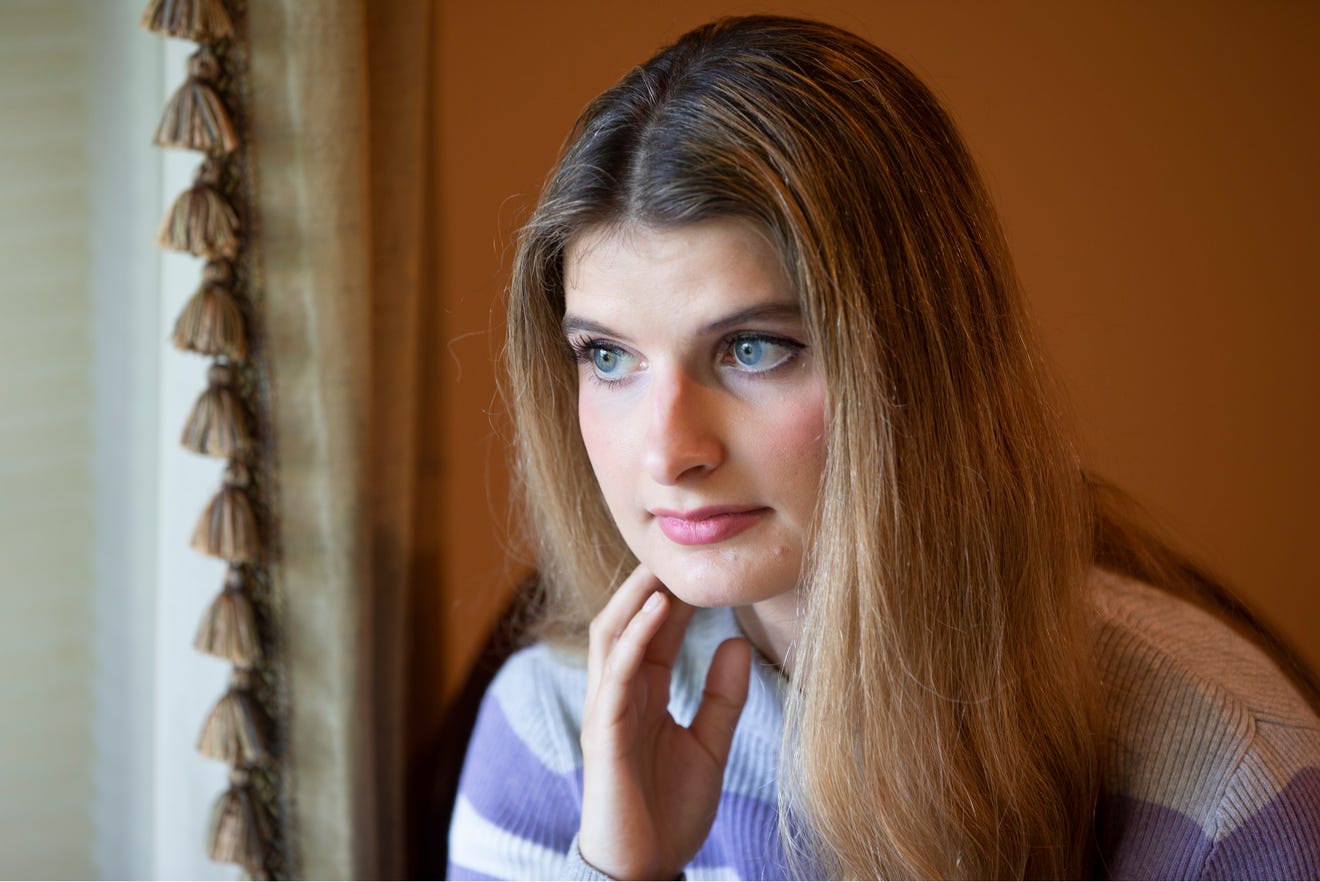
Another pandemic is raging: Online child exploitation reports are up 75% in NJ
Dustin Racioppi | October 21, 2020
As New Jersey started locking down in the COVID-19 pandemic, a convicted rapist and registered sex offender from Oklahoma named Aaron Craiger stepped off a Greyhound bus in Atlantic City. He had condoms, marijuana, a phone with child sexual abuse materials on it and graphic plans to carry out his sexual fantasies with two 11- and 12-year-old girls.
Instead, Craiger was met on March 18 by undercover law enforcement in a four-month sting that led to the arrests of 19 men, one woman and one juvenile male accused of sexually exploiting children online.
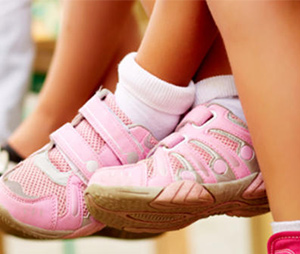
Reports of child abuse fell dramatically during the shutdown. Advocates say abuse likely did not
Sophie Grosserode | September 23, 2020
The number of reported cases of suspected child abuse and neglect in New York fell by the thousands during the coronavirus shutdown.
But experts say that doesn’t mean it wasn’t happening, only that it was happening out of sight.
“We (never) want one call to come in,” said Joan Silvestri, commissioner of the Rockland County Department of Social Services.
“That’s not good news when we get a call of abuse or neglect, but it certainly is better than it being hidden. We need to know about it so it can be addressed quickly, and when it becomes severe, it’s because we don’t know about it.”
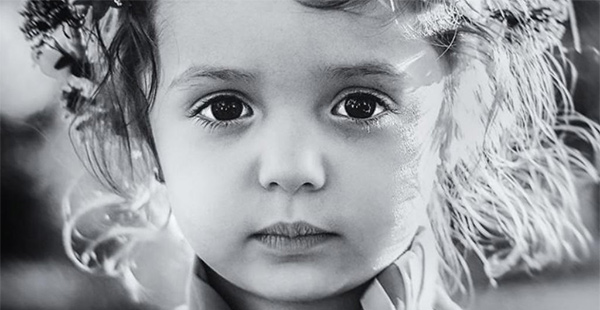
The kids may not be alright. Here’s how to check in on their mental health.
Gulnaz Khan | September 7, 2020
When Lynn Zakeri learned that her two sons would be missing out on the fall of their freshman and senior years of high school amid the pandemic, the licensed clinical social worker was concerned about how they’d cope with another setback. Her youngest son already missed his eighth-grade graduation in the spring, and her eldest had spent months training for his upcoming varsity soccer season.

Reports of Child Abuse Seem To Be Falling: How Can We Know What’s Really Happening?
Daniel Pollack, MSSA (MSW), JD, and Kathryn S. Krase PhD, JD, MSW | September 7, 2020
Since the COVID-19 crisis began, many have been wondering what impact this crisis will have on children and families. More specifically, many experts in and around the field of child welfare wonder if child maltreatment will increase, decrease, or remain the same. Focus in the news has been on the low number of reports of child maltreatment received by child protection services since March:
- Child abuse cases drop 51%. The authorities are very worried
- Child abuse and neglect reports remain down, experts say numbers are not reflecting reality
- Child abuse reports are down during the pandemic. Experts say that’s a bad sign
But how do we really know what’s happening? The bigger question: Did we ever really know what was happening, pre-COVID-19?
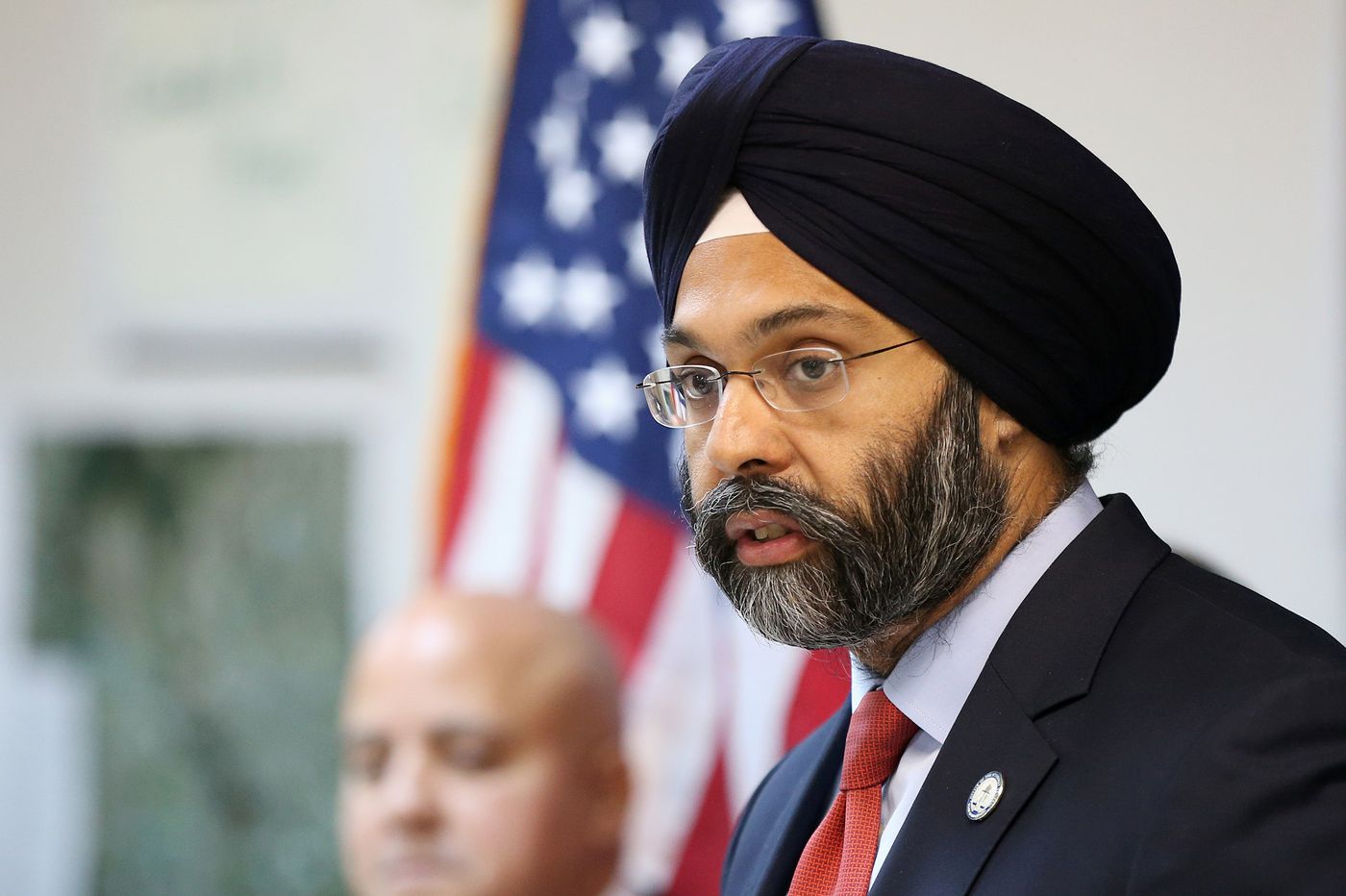
New Jersey attorney general, state police announce 21 arrests of alleged child sex predators
Julie Shaw | August 26, 2020
Twenty-one people have been charged with sexually exploiting children online, New Jersey Attorney General Gurbir S. Grewal said Wednesday as he and other authorities announced their arrests and urged parents to actively monitor their children’s cellphone, gaming, and internet activities.
Nineteen men, one woman, and a 15-year-old boy were arrested in “Operation Screen Capture,” a statewide effort launched in March — at the start of the coronavirus pandemic — in response to an alarming increase in potential threats to children from online predators, authorities said.

They’re Children at Risk of Abuse, and Their Caseworkers Are Stuck Home
Garrett Therolf, Daniel Lempres & | August 7, 2020
In February, the child abuse hotline for Tollhouse, a small community in the Central Valley, received the first of several tips raising urgent concerns about the well-being of twin infant boys.
Child welfare workers quickly concluded that the infants, just 2 days old, were at grave risk. When they visited the mother, Kristina Braden, she readily admitted that her methamphetamine addiction had continued far into her pregnancy, case records show. This same addiction had contributed to a well-documented history of neglect that had already caused Ms. Braden to lose custody of her three older children.
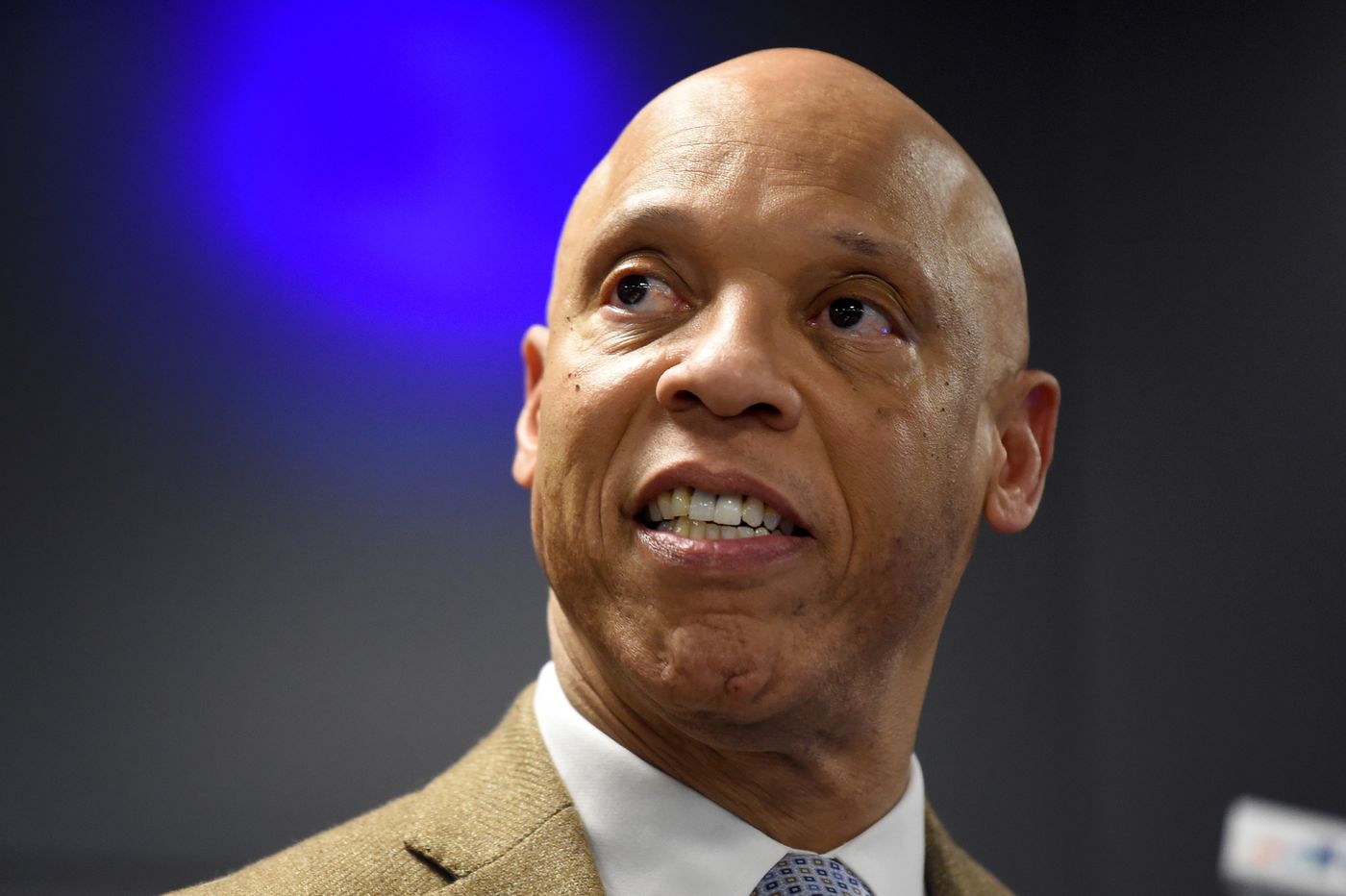
Free internet coming for 35,000 Philly families: city, schools, Comcast to spend $17M on digital equity plan
Kristen Graham | August 6, 2020

Schools plan to open next month, and West Virginia’s grandfamilies are at risk
Hanna Pennington | August 5, 2020
Fifty-one-year-old Nancy Cook will soon be faced with a choice — send her grandchildren back to school this fall, opening the door to catch the novel coronavirus, or keep them home and risk them falling behind academically.
Cook, a Lincoln County resident raising two of her grandchildren, recently battled breast cancer. Her husband, 61, underwent open-heart surgery last year.
Cook has been caring for her grandson, 8, and her granddaughter, 7, for about three years. She said her grandson struggles in school and receives a modified curriculum, and the coronavirus shutdown put additional stress on the family already in an impossible situation.
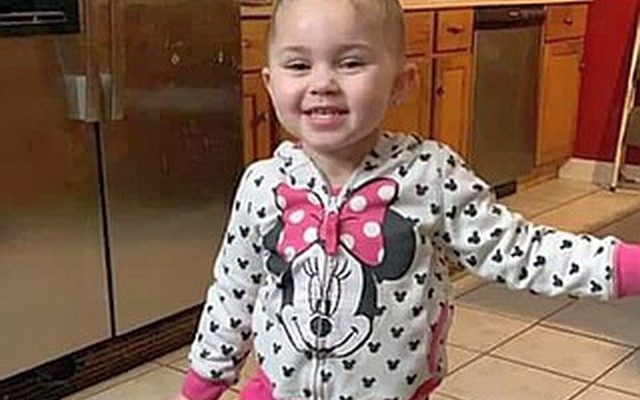
State Child Welfare Agency Report Released
August 4, 2020
A Kansas child welfare agency determined that a 3-year-old girl whose battered body was found last month died as the result of child abuse, a finding that comes months after the agency first received reports of abuse.
Laura Howard, Secretary for the Kansas Department for Children and Families, said that she doesn’t see anything at this time that leads her to question her staff’s actions or suggests any missteps by her agency.
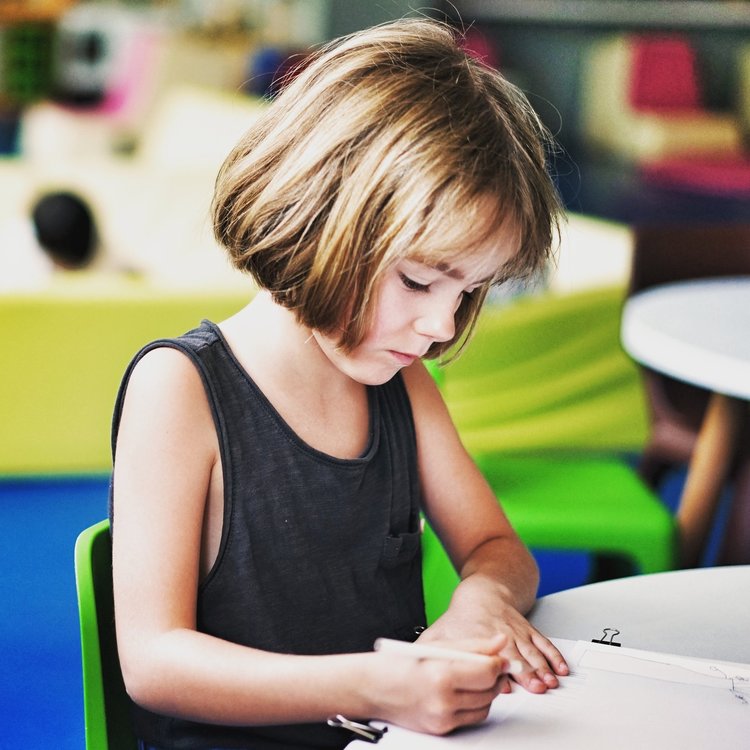
COVID-19 a ‘natural disaster’ for child welfare. Now experts consider how to rebuild
Debora Yetter | August 4, 2020
COVID-19 struck Kentucky’s child welfare system like “a natural disaster,” according to Michelle Sanborn, president of Children’s Allianceof Kentucky, comparing the impact to a flood or tornado.
Now the state has to decide how to rebuild a better system as it navigates the ongoing coronavirus crisis, Sanborn said, speaking during a 90-minute online discussion Tuesday that included some of the state’s top child welfare officials and advocates.

School closures meant 200K child mistreatment allegations went unreported in March and April, researchers estimate
Matt Barnum | May 18, 2020
Hundreds of thousands of child maltreatment allegations are going unreported — and thus uninvestigated — while school buildings are closed, a new study estimates.
It’s the latest evidence of the toll that COVID-19-induced school closures are taking onchildren.
The numbers highlight “a hidden cost of school shutdowns,” write researchers Jason Baron, Ezra Goldstein, and Cullen Wallace. “When schools are not in session, whether for regularly scheduled breaks or in response to catastrophes, cases of child maltreatment are more likely to go unnoticed and unreported.”

SARS-CoV-2 Infection in Children
April 23, 2020
As of March 10, 2020, the 2019 novel coronavirus (SARS-CoV-2) has been responsible for more than 110,000 infections and 4000 deaths worldwide, but data regarding the epidemiologic characteristics and clinical features of infected children are limited.1-3 A recent review of 72,314 cases by the Chinese Center for Disease Control and Prevention showed that less than 1% of the cases were in children younger than 10 years of age.2 In order to determine the spectrum of disease in children, we evaluated children infected with SARS-CoV-2 and treated at the Wuhan Children’s Hospital, the only center assigned by the central government for treating infected children under 16 years of age in Wuhan. Both symptomatic and asymptomatic children with known contact with persons having confirmed or suspected SARS-CoV-2 infection were evaluated. Nasopharyngeal or throat swabs were obtained for detection of SARS-CoV-2 RNA by established methods.4 The clinical outcomes were monitored up to March 8, 2020.
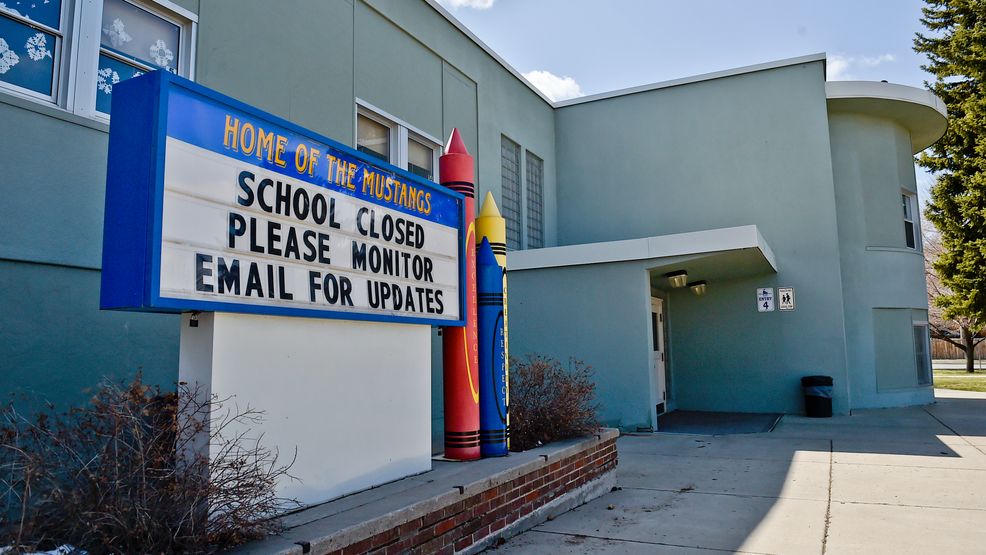
With no school, calls drop but child abuse hasn’t amid virus
Beth Hanson | April 18, 2020
With schools closed and teachers unable to report suspected cases of abuse and neglect, child welfare agencies have lost some of their best eyes and ears during a stressful time for families who have lost jobs and are locked down together during the coronavirus pandemic.
April is Child Abuse Prevention Month, and across the country, states are reporting fewer calls to child abuse hotlines, not because officials believe there are fewer cases but because they’re going unreported.

Child abuse cases rising in Big Country during coronavirus pandemic
Daniela Ibarra | April 14, 2020
Child abuse cases are rising in the Big Country, according to the Regional Victim Crisis Center.
April is Child Abuse Prevention Month, which is meant to raise awareness and help prevent child abuse.
With everyone staying home to keep others safe from the spread of the coronavirus, the Regional Victim Crisis Center believes Child Abuse Prevention Month is more important than ever.
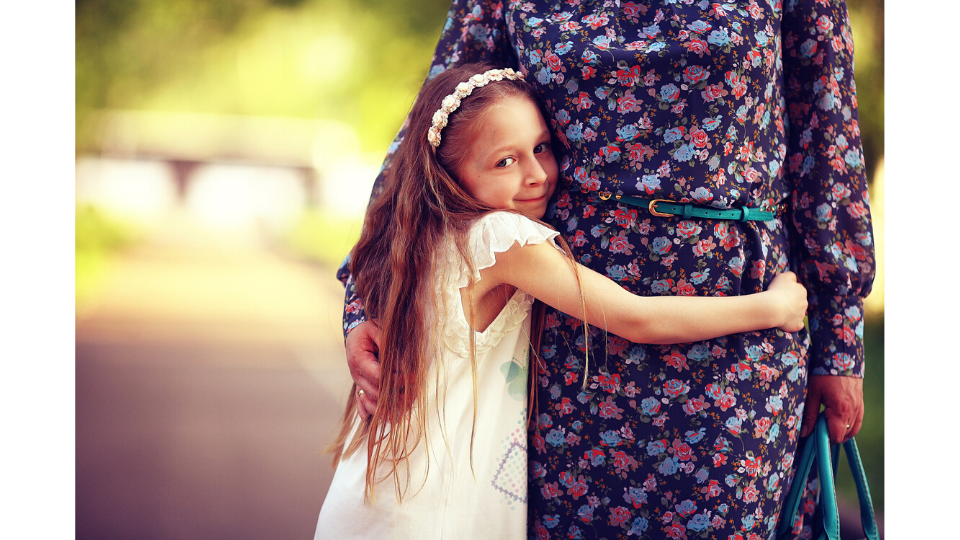
Why children are at risk of sexual abuse and exploitation during COVID-19
April 7, 2020
COVID-19 has now spread to virtually every country in the world and has a devastating impact on people, economies, health systems, and communities. While most people’s lives are put on hold, criminals are finding ways to take advantage of the situation, including those who seek to sexually exploit children. ECPAT has gathered information on how children are at increased risk of sexual abuse and exploitation during this global pandemic.
As the world responds to COVID-19, we see that push factors that facilitate or lead to sexual exploitation of children are expected to intensify. According to ECPAT members across the world, restrictions imposed by governments worldwide to curb the virus heavily impact on children. Today, ECPAT is present in 102 countries, through 118 members.
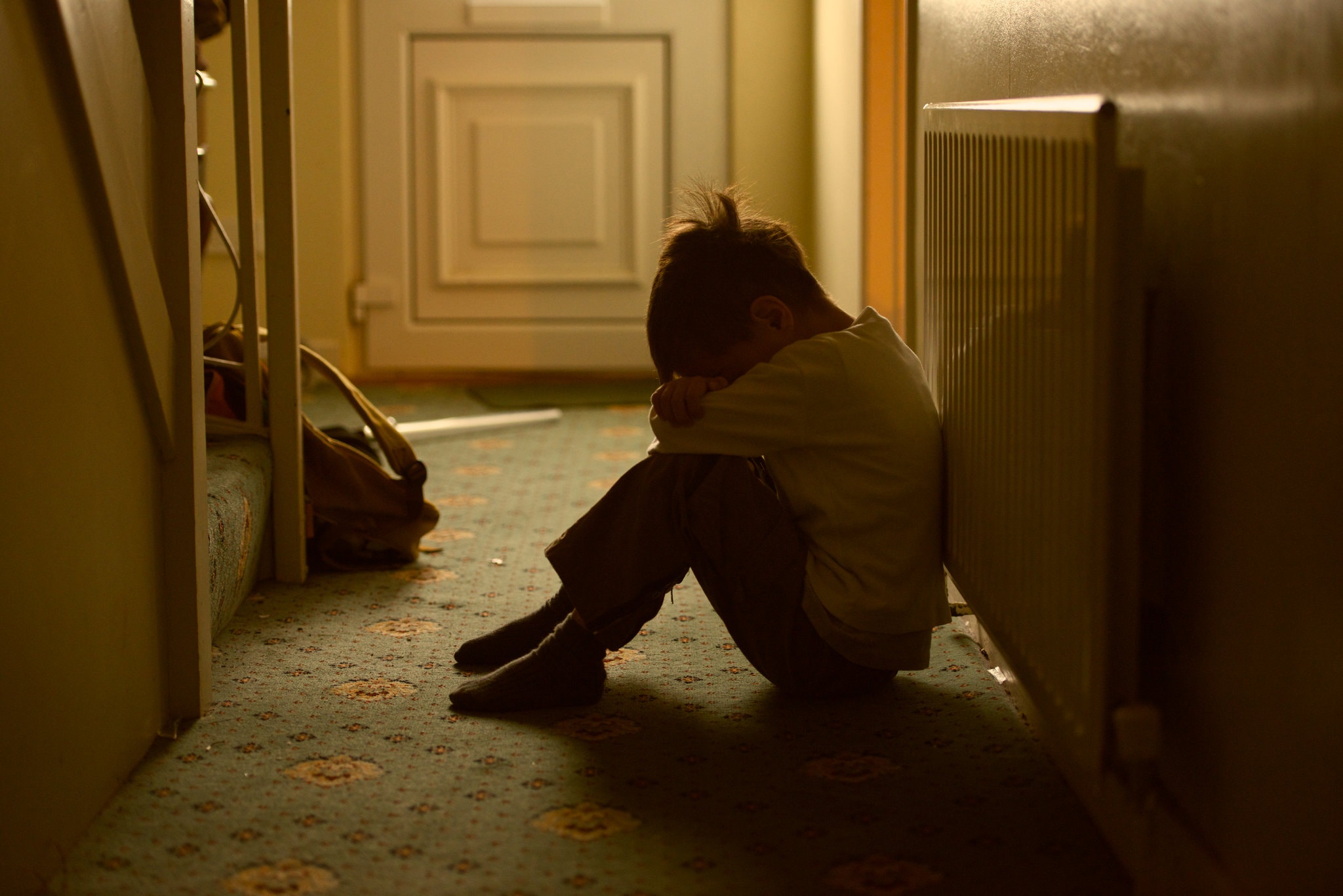
The Coronavirus Could Cause a Child Abuse Epidemic
Nina Agrawal | April 7, 2020
Entire families are sheltering at home, often in close quarters. Anxiety about health, education and finances is high. Children aren’t seeing the teachers, counselors and other adults who would normally raise concerns about their well-being. The Covid-19 pandemic has created the conditions for a rise in child abuse that could go unchecked.

Global Lockdowns Resulting In ‘Horrifying Surge’ In Domestic Violence, U.N. Warns
Scott Neuman | April 6, 2020
United Nations Secretary-General António Guterres, citing a sharp rise in domestic violence amid global coronavirus lockdowns, called on governments around the world to make addressing the issue a key part of their response to the pandemic.
Speaking late Sunday, Guterres said “violence is not confined to the battlefield.”
“For many women and girls, the threat looms largest where they should be safest — in their own homes,” he said, appealing “for peace at home — and in homes — around the world.”

Why child welfare experts fear a spike of abuse during COVID-19
Laura Santhanam | April 6, 2020
Over the course of five consecutive days last month, Dr. Jamye Coffman saw seven children and infants who had been abused so severely that they required hospitalization at Cook Children’s Medical Center in Fort Worth, Texas. At the time, the city, along with the rest of Texas, had recently declared an emergency over the rapid spread of novel coronavirus. Typically, the hospital sees fewer than 10 cases of fatal child abuse in a year, but that week, two died from their injuries.
It is too early to link this single — and anecdotal — spike in severe child abuse to the COVID-19 pandemic and the stress it’s causing, said Coffman, who serves as medical director of the Cook Children’s Center for Prevention and Child Abuse and Neglect. In fact, it will take more than a year to get a clearer picture of what’s happening nationwide, due to the lag in collecting and sharing child welfare data.

Police see rise in domestic violence calls amid coronavirus lockdown
Tyler Kingkade | April 5, 2020
Reports of domestic violence increased in March in many cities around the country as the coronavirus pandemic spread, according to law enforcement officials — raising concerns about families’ safety as they isolate at home.
Of the 22 law enforcement agencies across the United States that responded to NBC News’ request for data on domestic violence calls, 18 departments said they had seen a rise in March. Houston police received about 300 more domestic violence calls in March than they did in February, a roughly 20 percent increase. Charlotte-Mecklenburg, North Carolina, police fielded 517 additional calls about domestic violence in March compared to the same month last year, an 18 percent jump, while Phoenix police received nearly 200 more calls, an increase of nearly 6 percent.
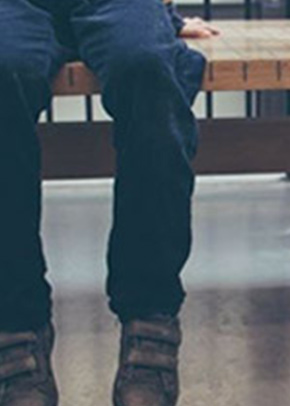
Coronavirus Illinois: Child advocates concerned abuse may be going unaddressed during stay-at-home order
April 2, 2020
Illinois child advocates are worried about some of the most vulnerable in our society: children.
Reports of child abuse and neglect are dramatically down in Illinois which would normally be welcome news, but those numbers may be the unintended consequence of the stay-at-home order.
Experts told the I-Team they believe the number of abuse cases is significantly higher than normal, it’s just nobody is reporting them.
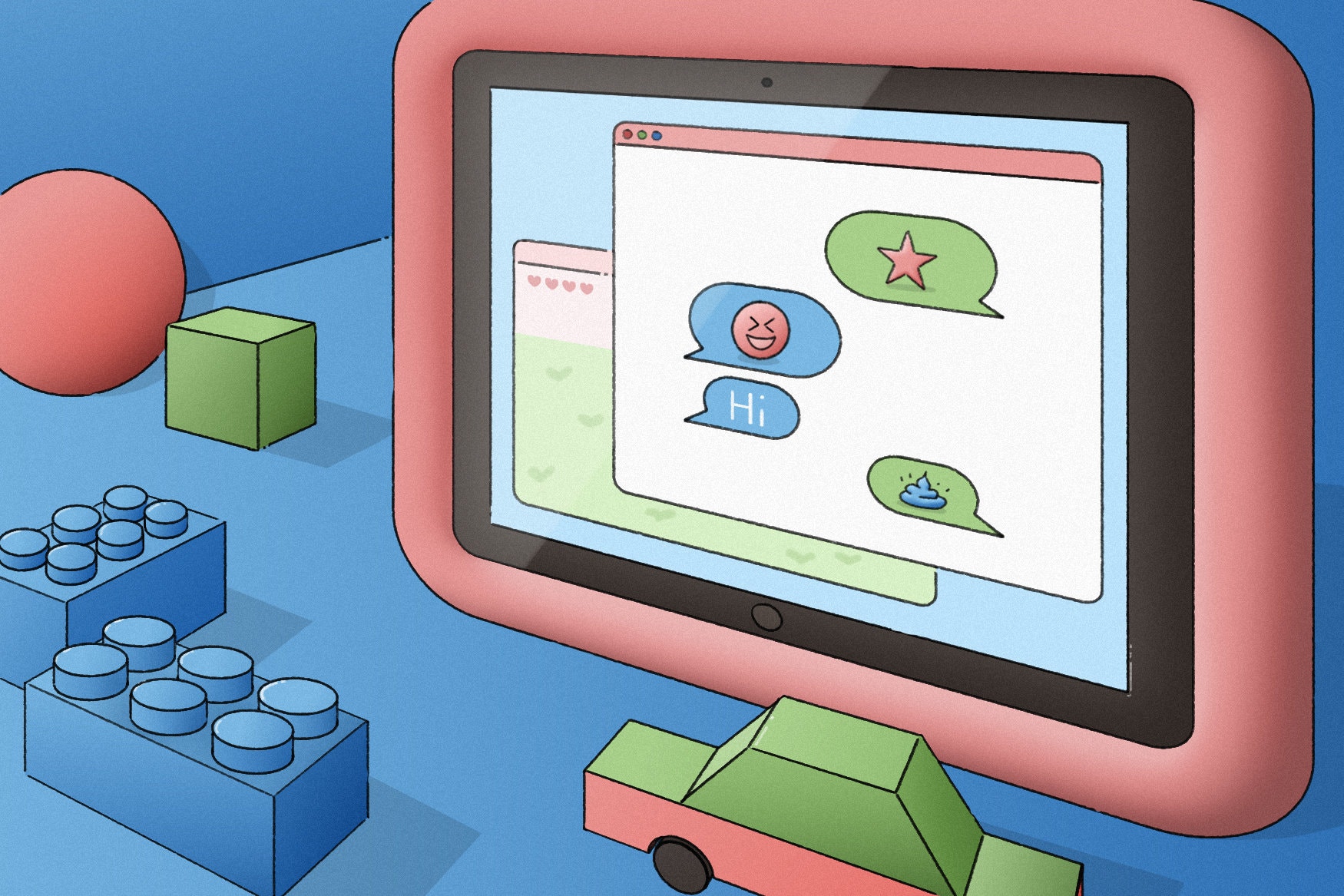
Teaching Your Kids to Be Safe Online: A Hasty Primer
Melinda Wenner Moyer | April 2, 2020
If you had asked me two months ago how I felt about digital media as a parent, I would have had an answer ready: Our kids, I would have said, won’t own devices or touch social media until age 13. I probably would have launched into a tirade about how young brains can’t handle the complex rules of digital citizenship, after which you probably would have wanted to smack me with a smartphone.
Then the coronavirus happened. All of my clever plans flew out the window. Now, my 8-year-old practically lives on our family tablet — doing a bit of online learning, sure, but also games, chat, FaceTime and email. Our 5-year-old is not that far behind. And really, who can blame us? My husband and I want our kids to feel socially connected even as we isolate ourselves in our home. We also have full work schedules and no school, no child care and no extracurriculars to keep our kids busy and keep us sane. Screen time has become our life line.

Calls to Pa.’s child-abuse hotline fell sharply during first weeks of the coronavirus. Here’s why that’s bad news.
Angela Couloumbis | April 1, 2020

State’s child welfare agency scrambles to protect workers as it braces for spike in child abuse reports
David Jackson | March 30, 2020
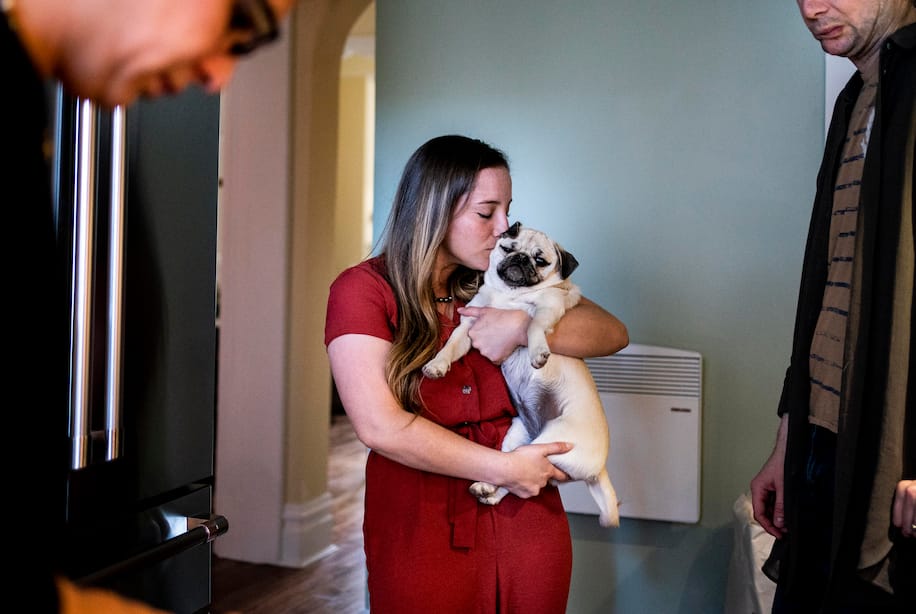
Domestic violence will increase during coronavirus quarantines and stay-at-home orders, experts warn
Marissa Lang | March 27, 2020

Domestic violence victims, stuck at home, are at risk during coronavirus pandemic
Scottie Andrew | March 27, 2020
Home is the safest place to be while a pandemic rages outside. Health officials have said as much for weeks now.
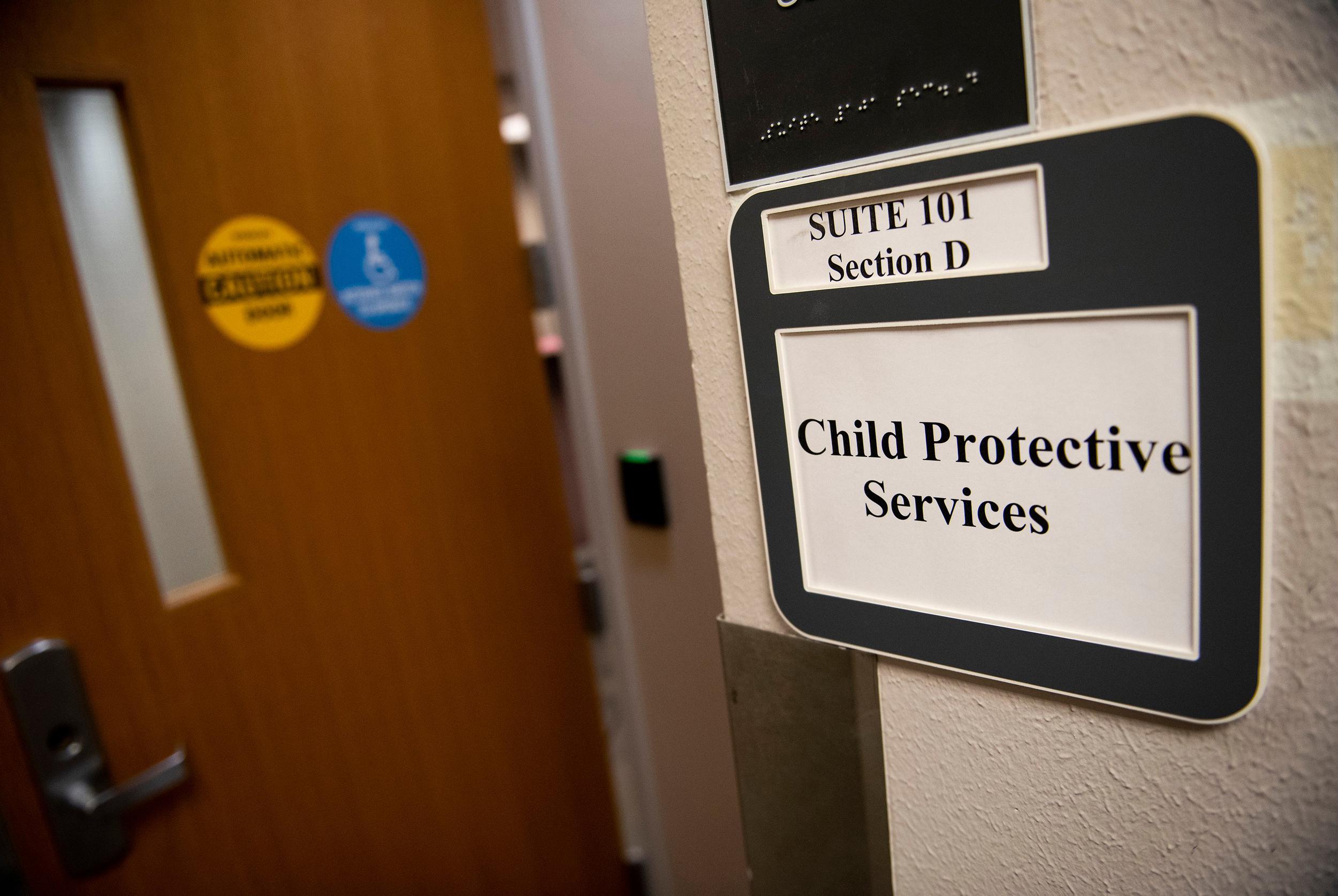
Out of sight, child abuse in Texas thought to be on the rise
Emma Platoff | March 27, 2020
On paper, the number of children being abused and neglected in Texas appears to be going down as the state reckons with a deadly viral outbreak. If only that were true.
Fewer suspected cases are being reported to the state’s abuse hotline, but child welfare advocates say that decline is artificial and belies a grim reality: Amid a global pandemic that has killed tens of thousands and shuttered schools, day cares and other social services, more Texas children are likely suffering from abuse.
“The reality is, incidences will likely be on the rise,” said Sophie Phillips, chief executive officer of the advocacy organization TexProtects. “We know that additional strain and stress on families during this crisis puts children at an increased risk of abuse.”

For Abused Women, a Pandemic Lockdown Holds Dangers of Its Own
Alisha Haridasani Gupta & | March 24, 2020
Early last week, as the novel coronavirus exploded from state to state, a woman called the National Domestic Violence Hotline in a crisis: Her partner had tried to strangle her and she needed medical help, but feared going to the hospital because of the virus.
Another woman was being forced to choose between work and home. “He threatened to throw me out if I didn’t work from home,” she said. “He said if I started coughing, he was throwing me out in the street and that I could die alone in a hospital room.”

Texas Hospital Says Two Preschoolers Died Of Suspected Child Abuse in One Day—And It Could Be Linked To the Coronavirus Outbreak
Chantal da Silva | March 23, 2020
Doctors at a children’s hospital in Fort Worth, Texas, say the deaths of two preschool-aged children from different families in a single day could be linked to the coronavirus outbreak.
Speaking with Newsweek on Monday, Dr. Jamye Coffman, the medical director of the Child Advocacy Resources and Evaluation (CARE) team at the Cook Children’s Hospital, said that doctors had already sounded the alarm after they noticed a rise in the number of children being admitted into the facility due to suspected child abuse.

Cook Children’s sees spike in child abuse cases likely from COVID-19 stress
Natalie Solis & Gerardo Martinez | March 23, 2020
Cook Children’s Medical Center says it has treated seven cases of severe child abuse in the last week. Two of those children died from their injuries.
The hospital says it usually averages six deaths a year from abuse. The seven cases came to the hospital between Tuesday and Saturday. Every child was under 4 years old.

Paedophiles will exploit coronavirus lockdown to target children, police chief tells parents
Charles Hymas | March 23, 2020
Parents need to be alert to the increased risks to children from online paedophiles as time on computers rises during coronavirus quarantine.
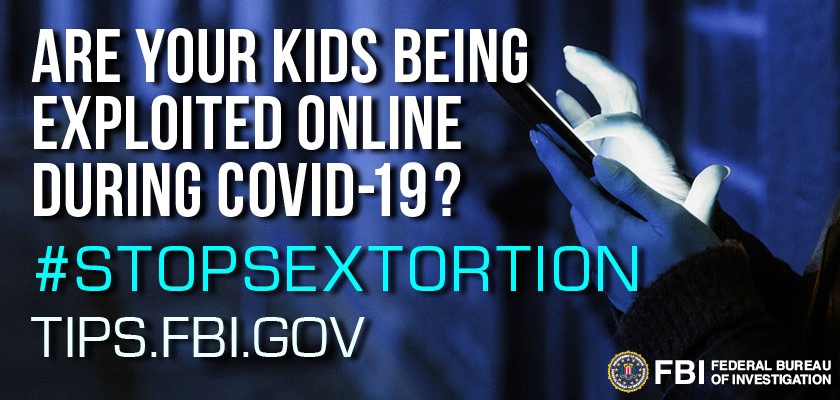
School Closings Due to COVID-19 Present Potential for Increased Risk of Child Exploitation
March 23, 2020
Due to school closings as a result of COVID-19, children will potentially have an increased online presence and/or be in a position that puts them at an inadvertent risk. Due to this newly developing environment, the FBI is seeking to warn parents, educators, caregivers, and children about the dangers of online sexual exploitation and signs of child abuse.

Coronavirus: Closures risk ‘spike’ in child sex abuse
Tes Reporter | March 22, 2020
Experts are preparing for a spike in public reports of child sexual abuse on the internet as schools across the UK close during the coronavirus pandemic.
The Internet Watch Foundation (IWF) is concerned children might be at greater risk of being groomed and coerced into making explicit content, given that many will undoubtedly spend more time online from Monday.
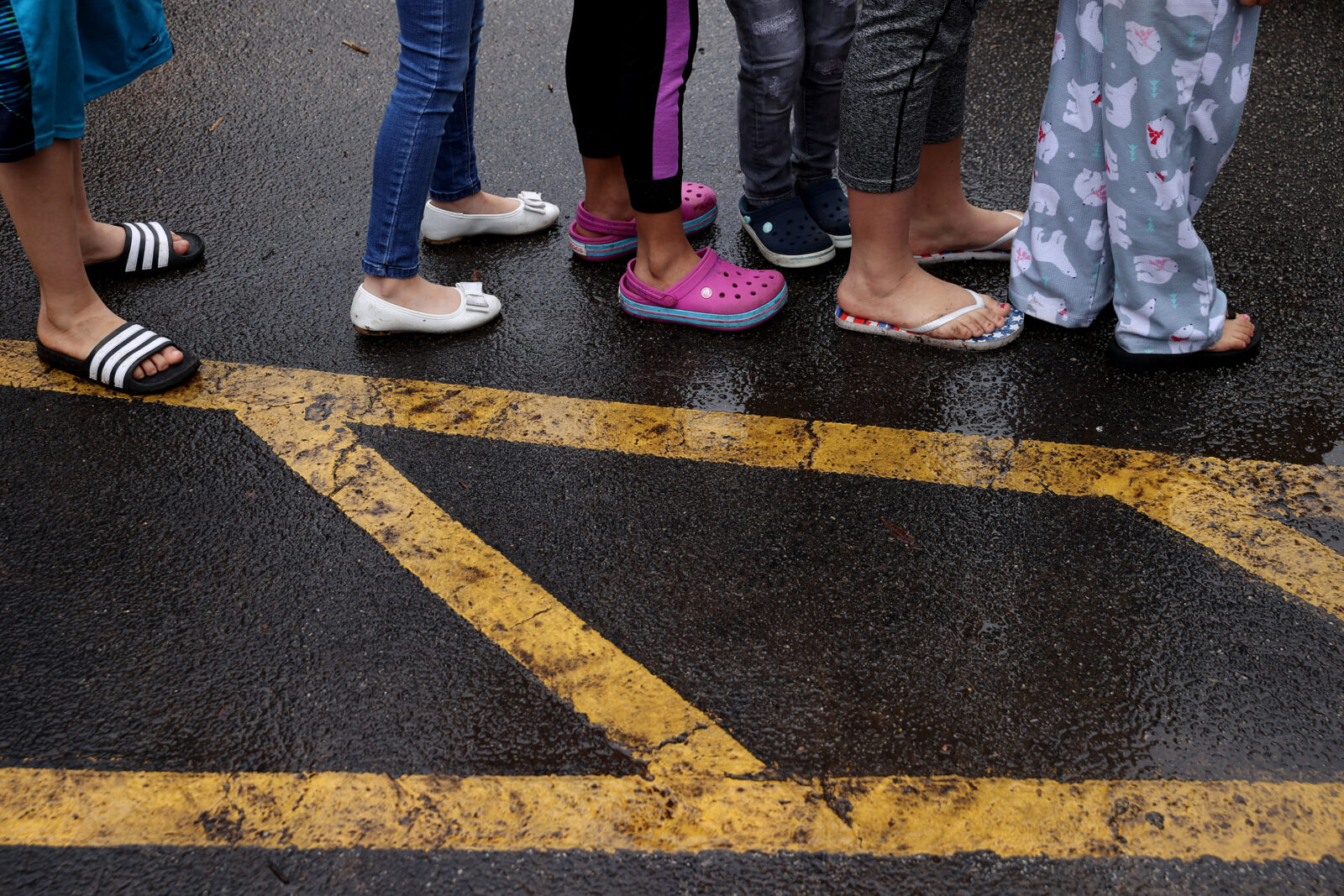
Domestic Violence and Child Abuse Will Rise During Quarantines. So Will Neglect of At-Risk People, Social Workers Say
Joaquin Sapien, Ginger Thompson, Beena Raghavendran & Megan Rose | March 21, 2020
While most Americans huddle inside their homes watching and worrying as the coronavirus pandemic stalks the country, desperate emails have poured into ProPublica, some almost shouting their fears for the unseen victims of the vast and unprecedented national shutdown.
A Florida social worker wrote of her panic for her developmentally disabled clients, who are shut in their homes, unable to even use the bathroom without help. What will happen to them if she and her colleagues fall ill?
“We’re going to be seeing some deaths in our caseloads,” she said in an interview. “We might not even know about it until they’ve been dead for several days.”
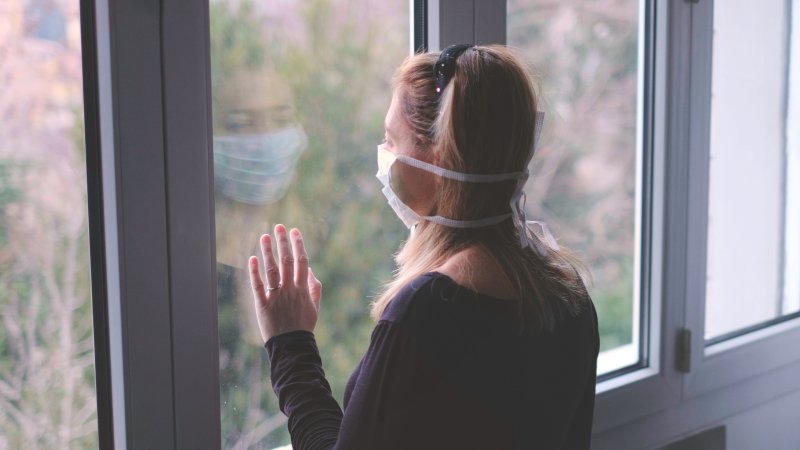
As Cities Around the World Go on Lockdown, Victims of Domestic Violence Look for a Way Out
Melissa Godin | March 18, 2020
“My husband won’t let me leave the house,” a victim of domestic violence, tells a representative for the National Domestic Violence Hotline over the phone. “He’s had flu-like symptoms and blames keeping me here on not wanting to infect others or bringing something like COVID-19 home. But I feel like it’s just an attempt to isolate me.“
Her abuser has threatened to throw her out onto the street if she starts coughing. She fears that if she leaves the house, her husband will lock her out.
For people who are experiencing domestic violence, mandatory lockdowns to curb the spread of COVID-19 (the disease caused by the new coronavirus) have trapped them in their homes with their abusers, isolated from the people and the resources that could help them.

TAKING PROTECTIVE STEPS DURING THE CORONAVIRUS PANDEMIC
Darkness to Light | March 16, 2020
The impact of the coronavirus is being felt across the world, and we know it may be difficult to maintain your normal child protective steps while adapting to the ever-changing environment. Your child’s school has been canceled (maybe even for weeks!) and there is a coronavirus quarantine, but you still have to go to work. What do you do? Of course, best practice suggests that you prescreen your childcare providers, check references, and hold a pre-sitting “interview” to get to know them and their skillset. But during this temporary “new normal,” that simply may not be possible.
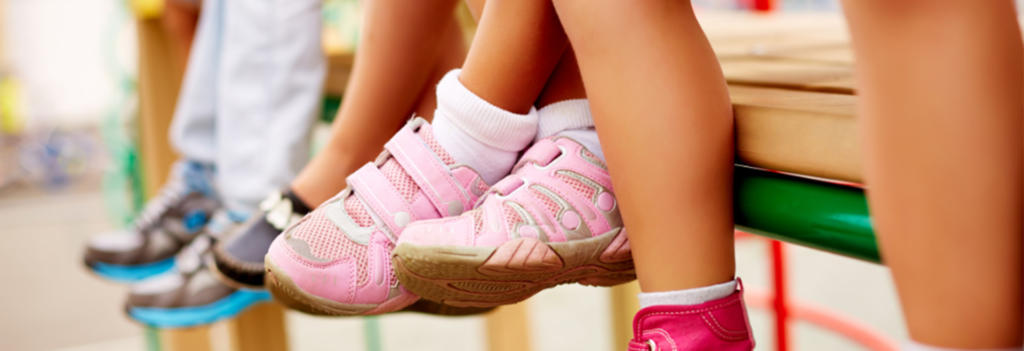
Staying Safe During COVID-19
March 13, 2020
Avoiding public spaces and working remotely can help to reduce the spread of COVID-19, but for many survivors, staying home may not be the safest option. We know that any external factors that add stress and financial strain can negatively impact survivors and create circumstances where their safety is further compromised.
Abuse is about power and control. When survivors are forced to stay in the home or in close proximity to their abuser more frequently, an abuser can use any tool to exert control over their victim, including a national health concern such as COVID-19. In a time where companies may be encouraging that their employees work remotely, and the CDC is encouraging “social distancing,”an abuser may take advantage of an already stressful situation to gain more control.
